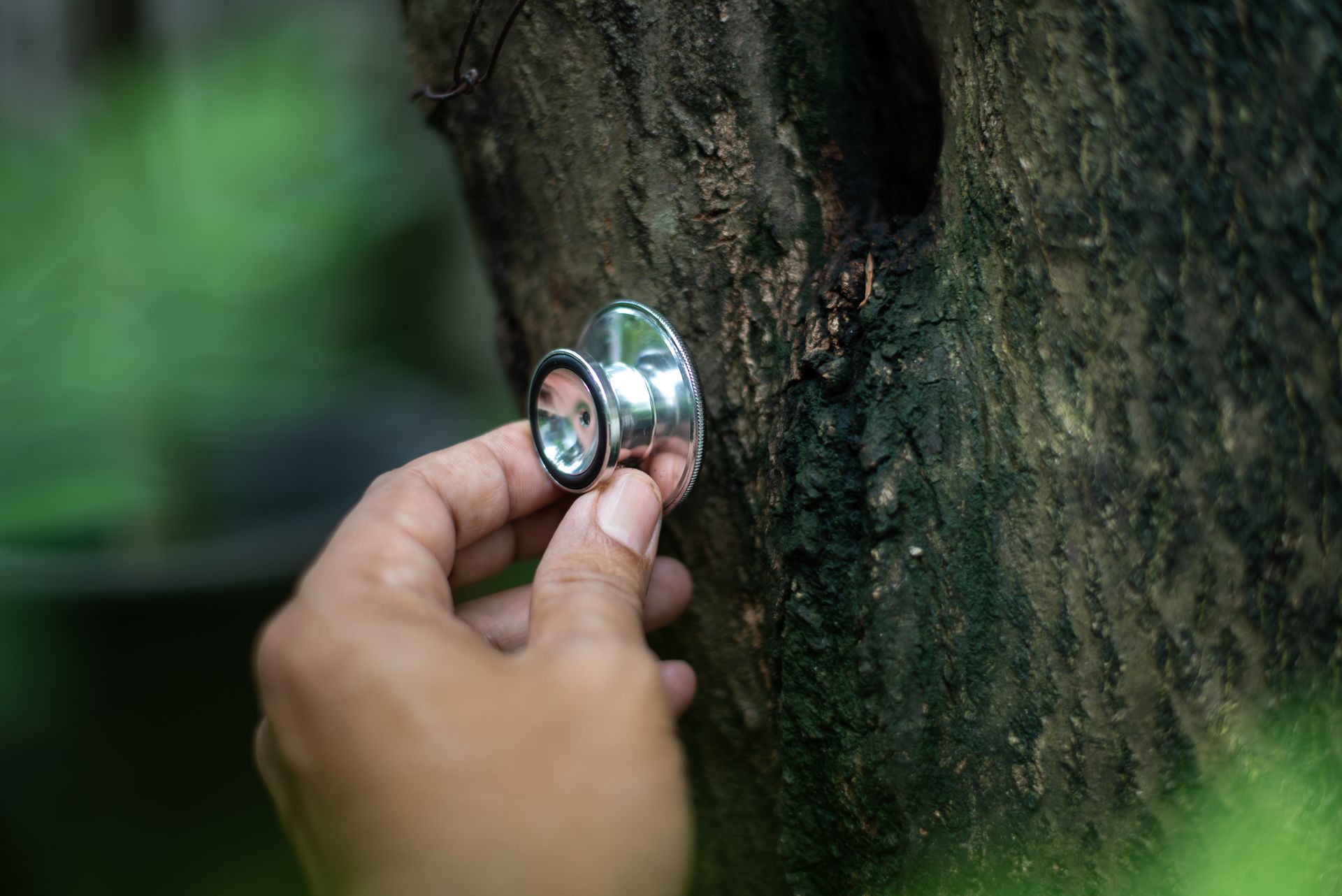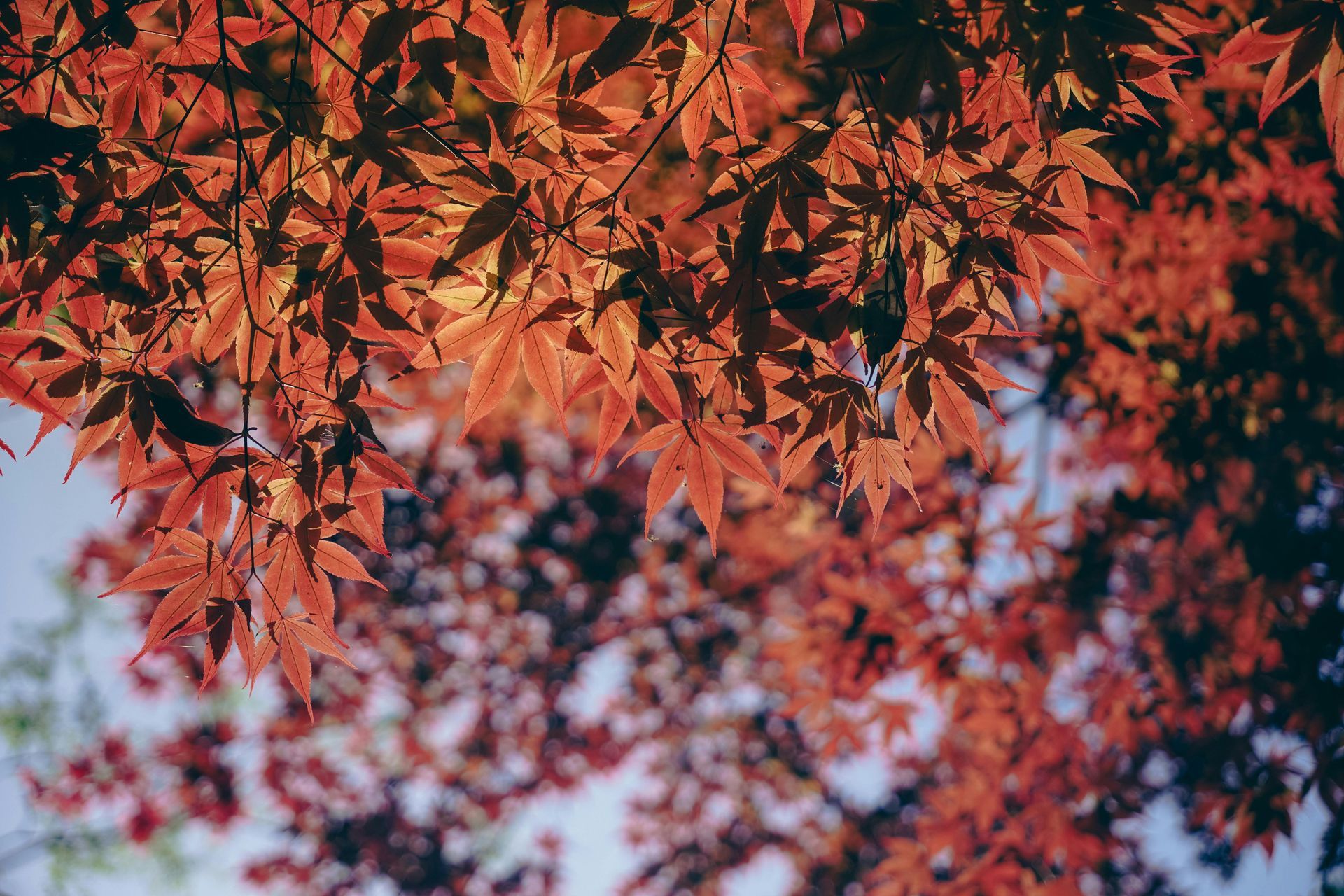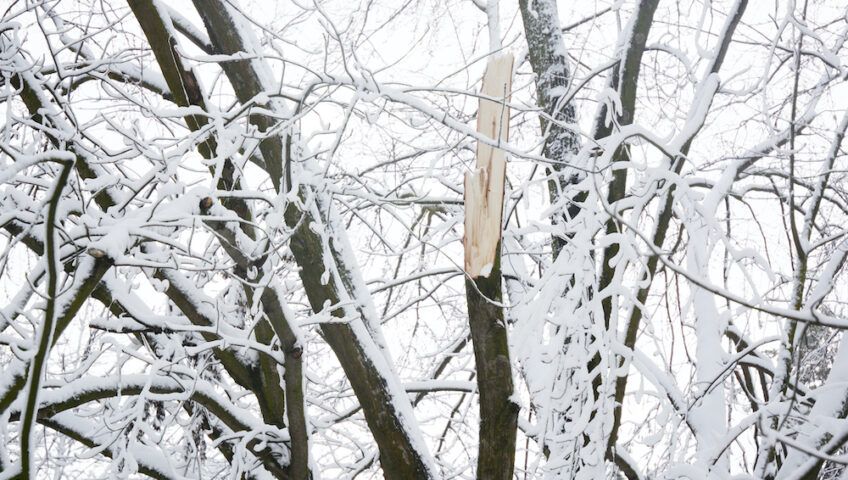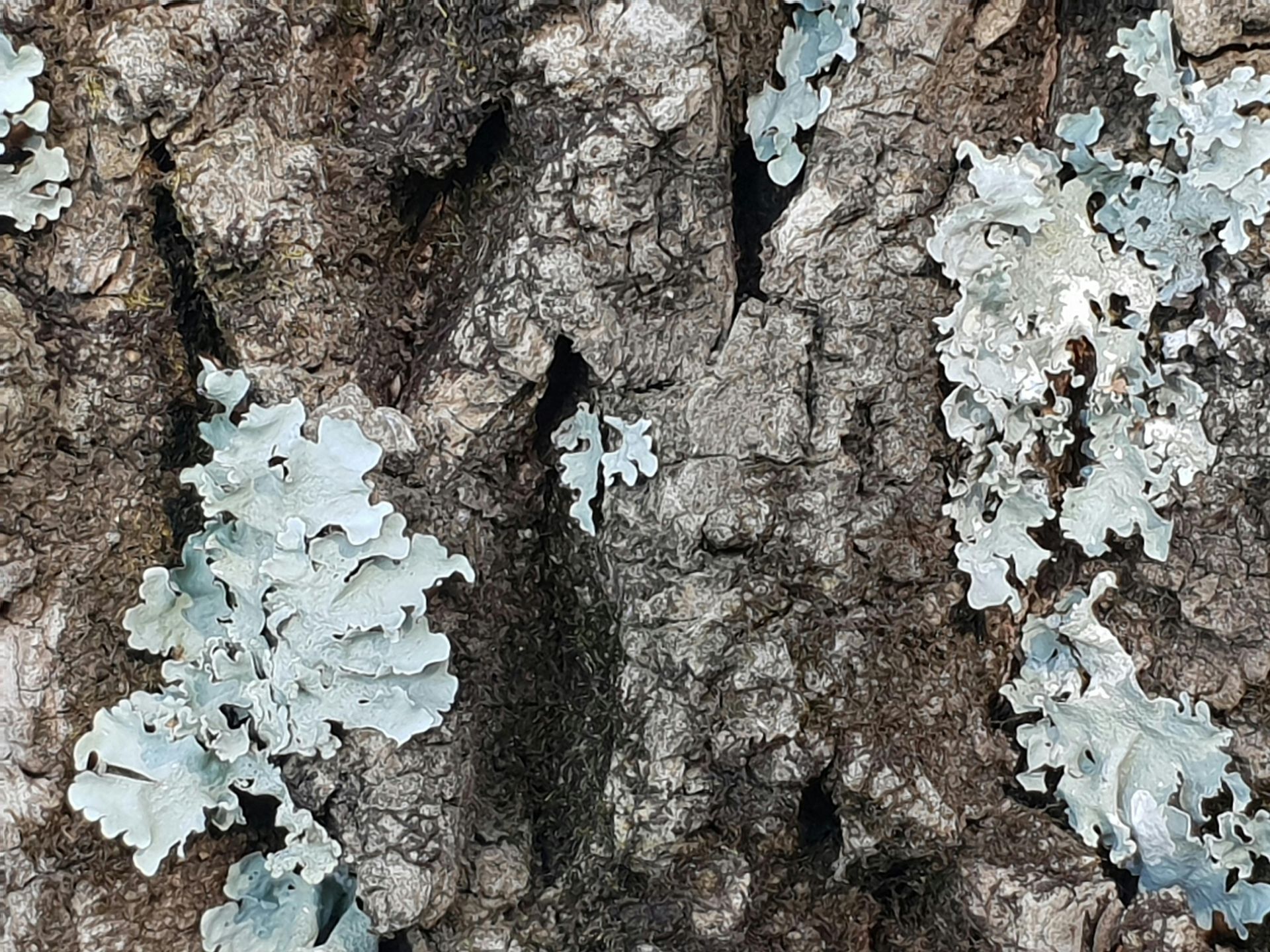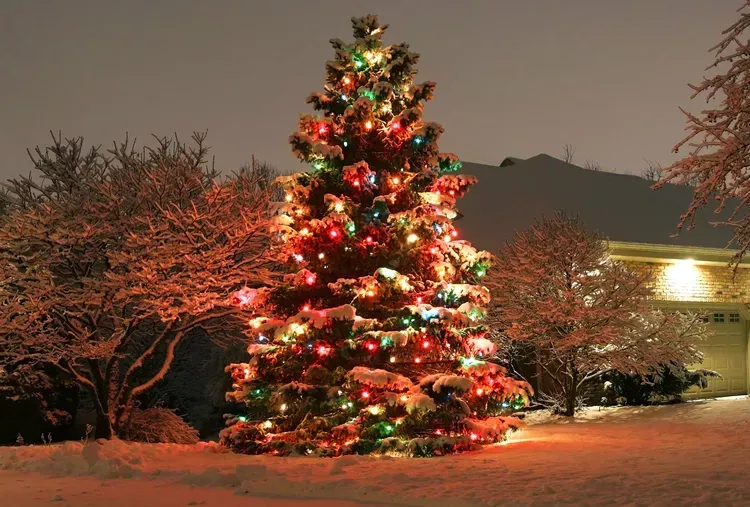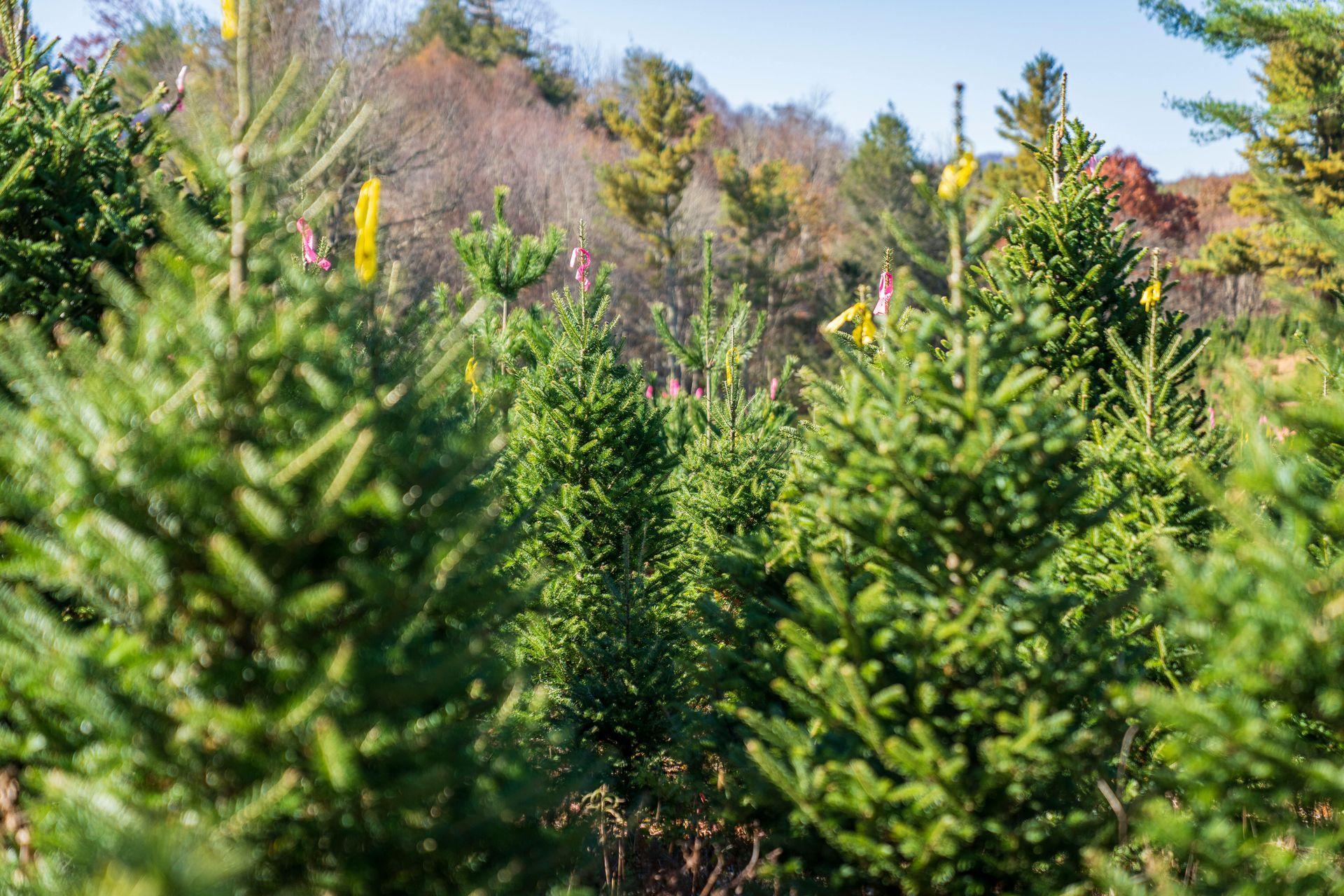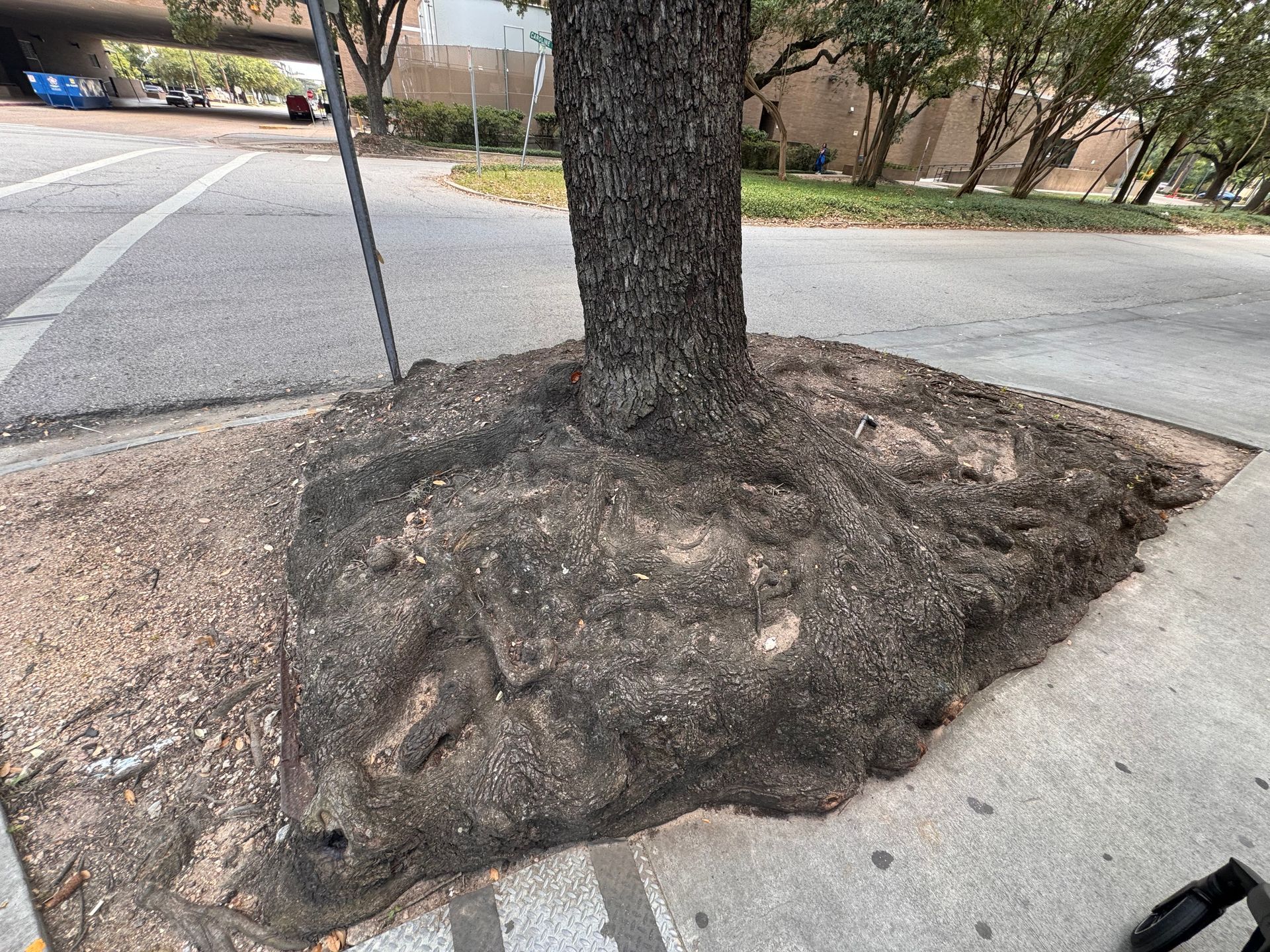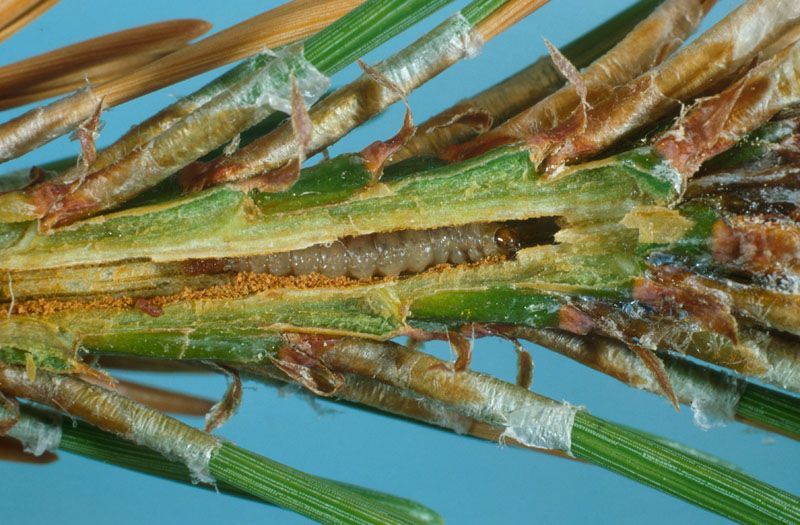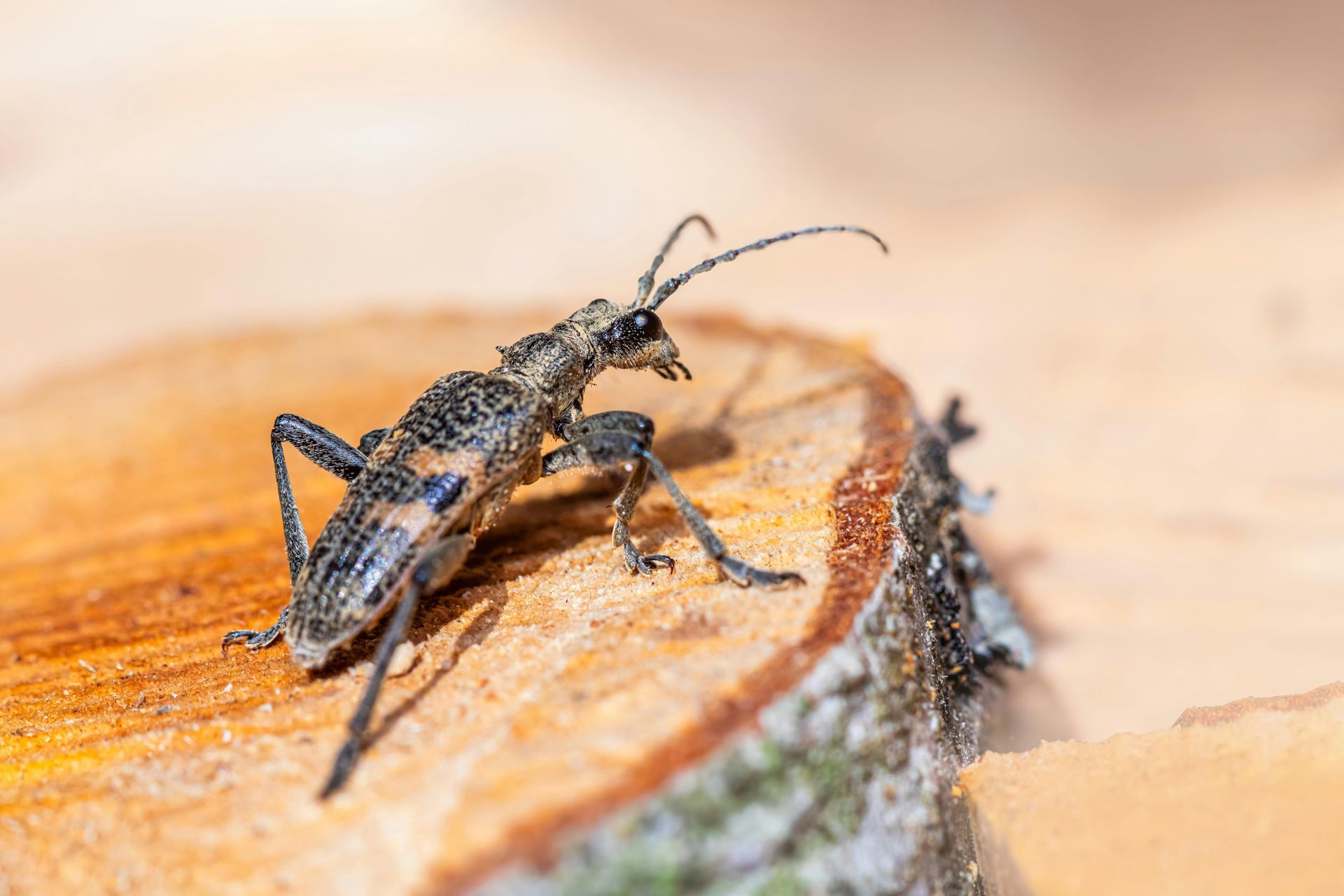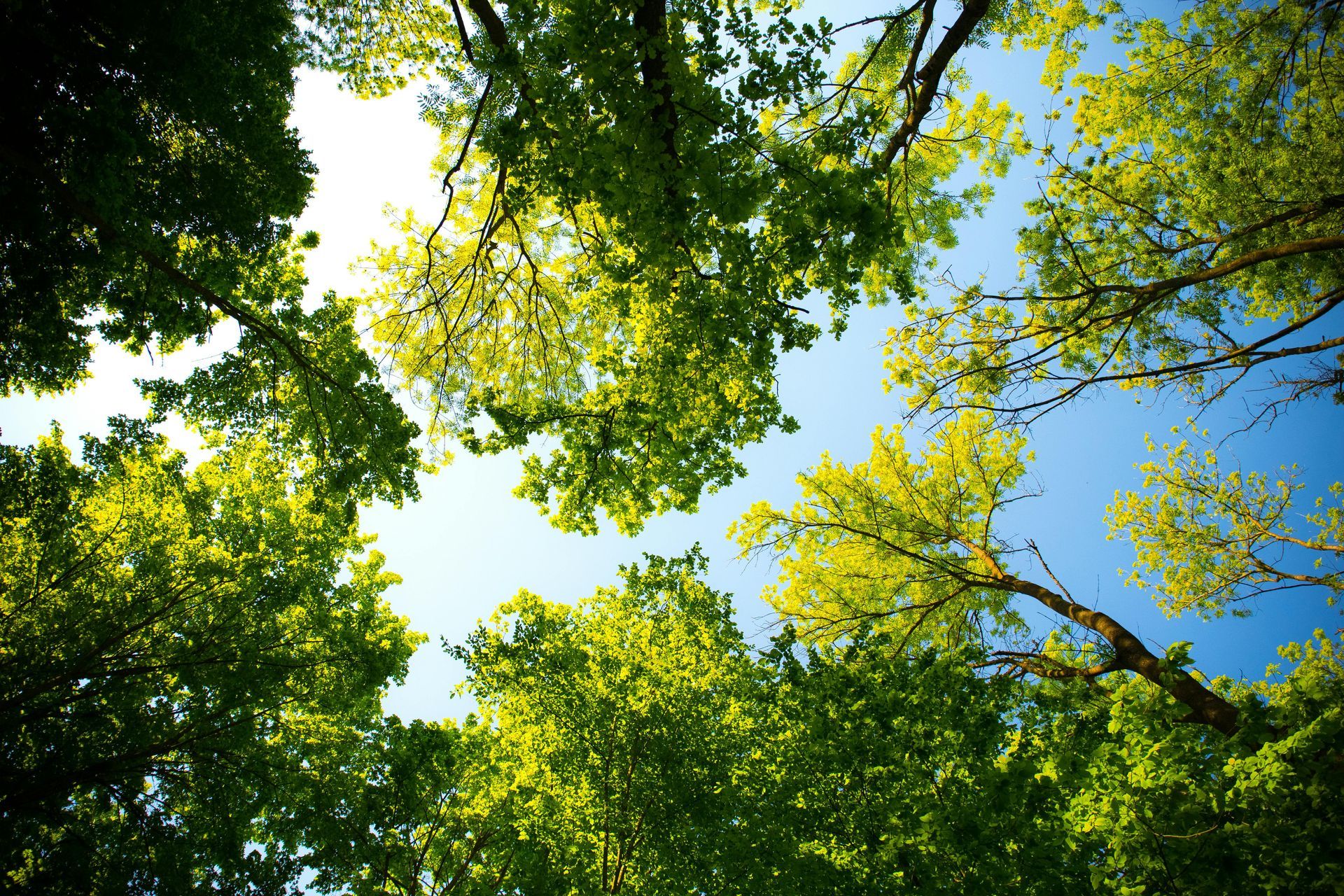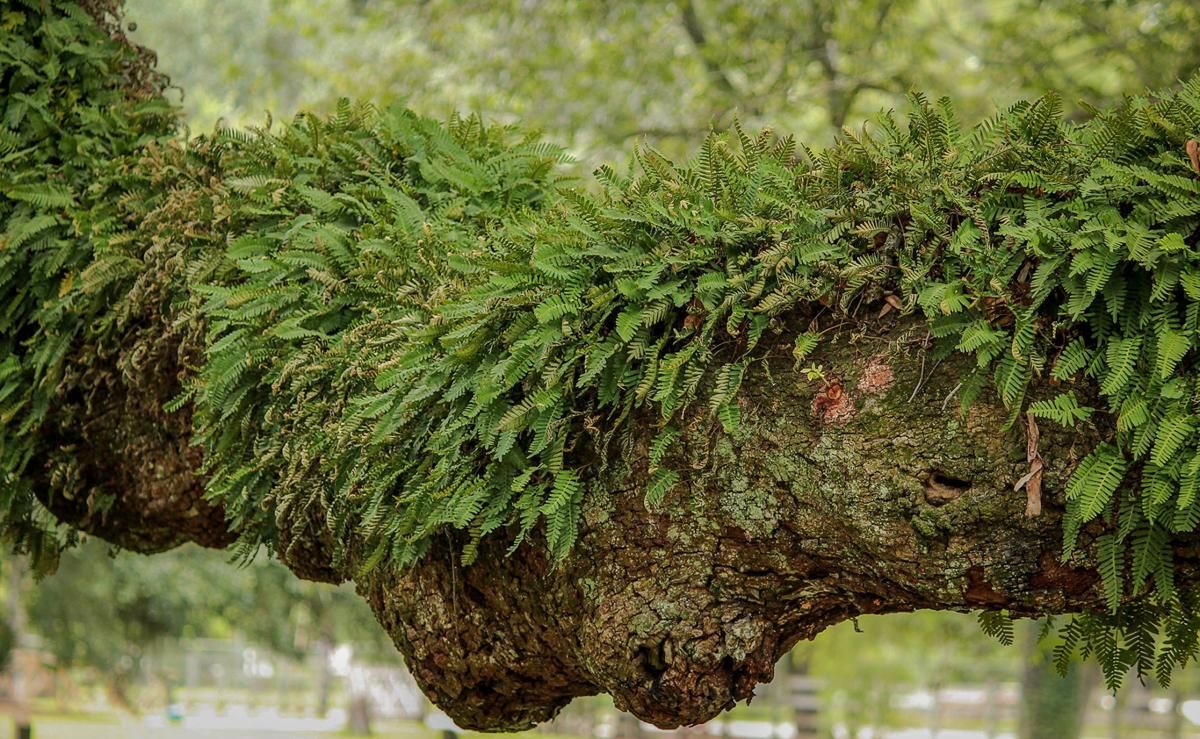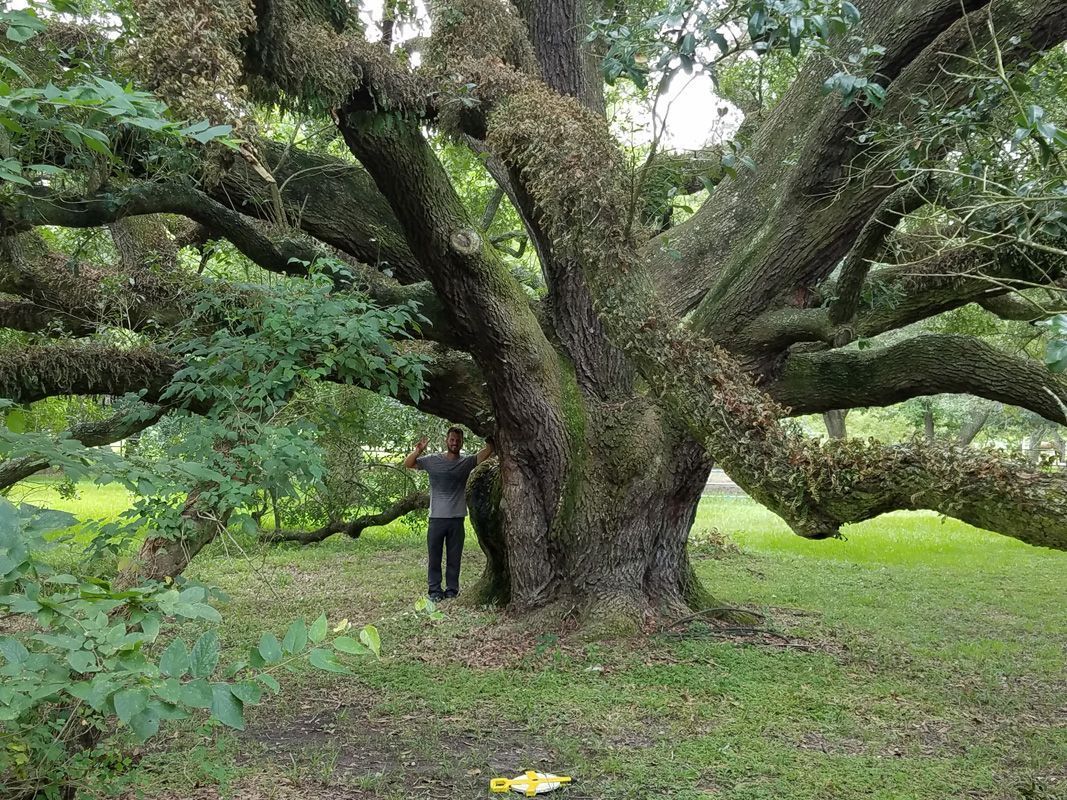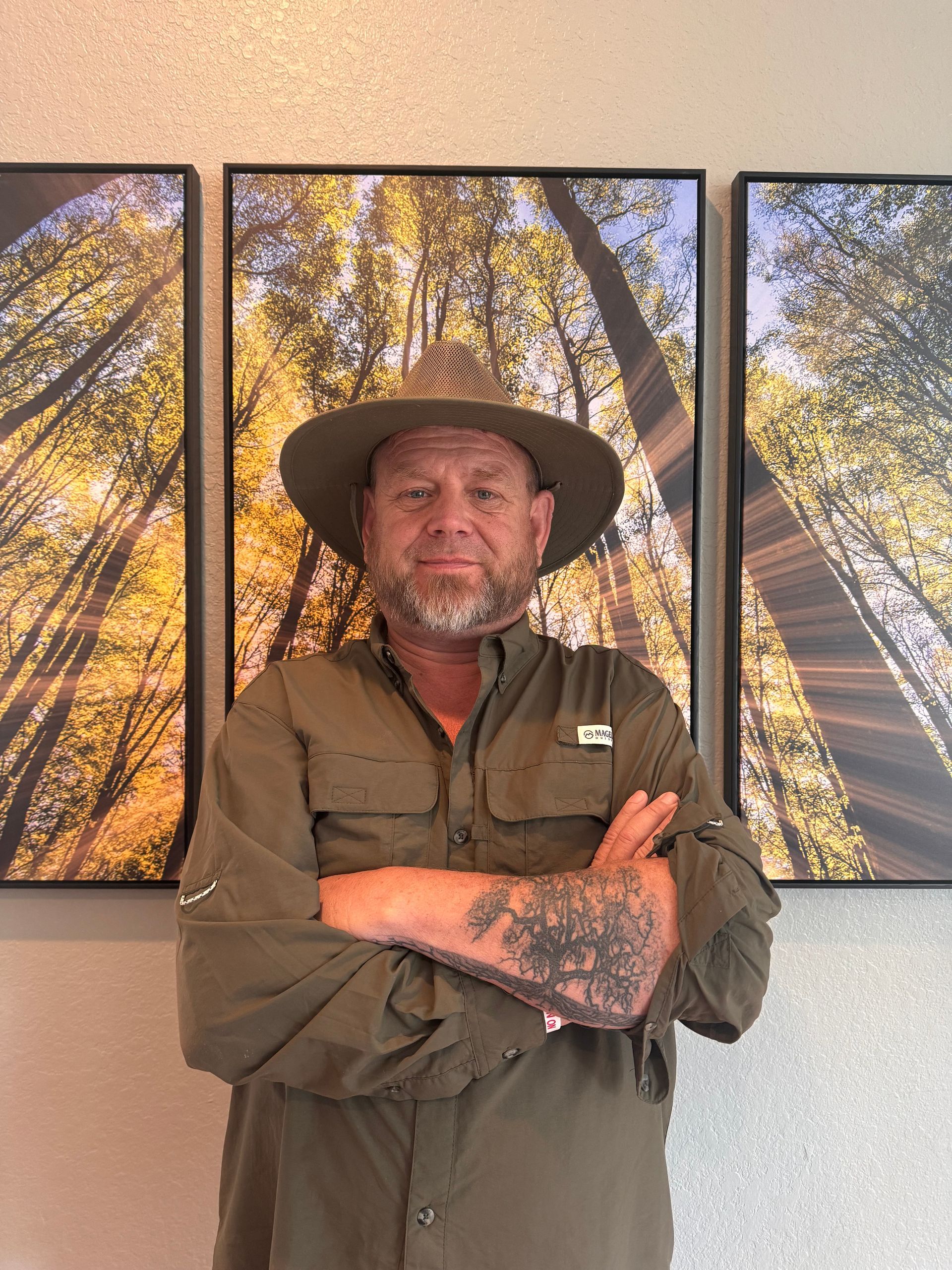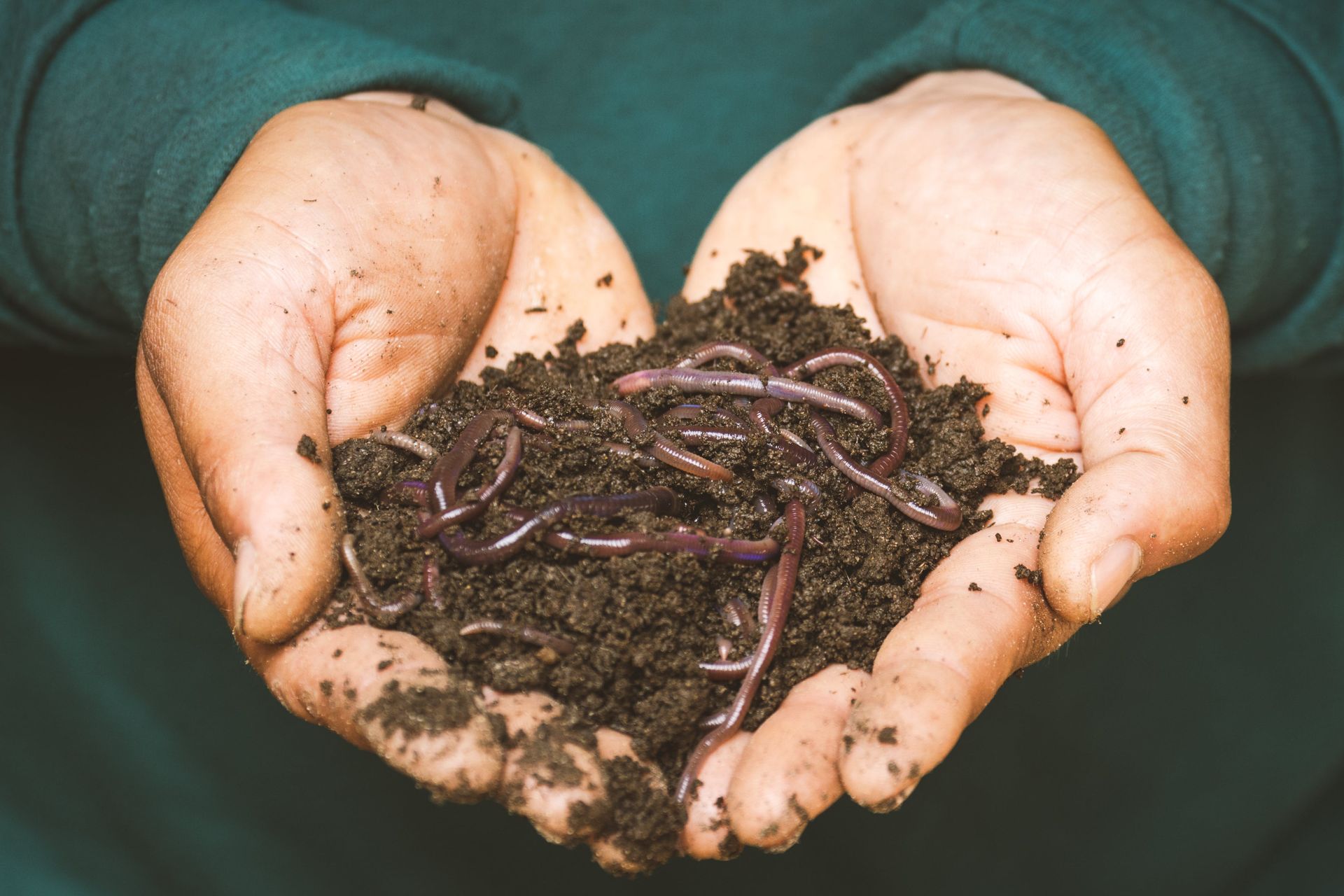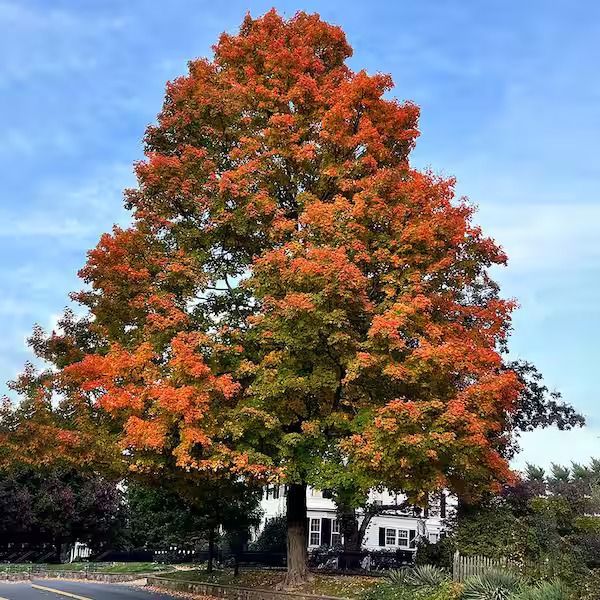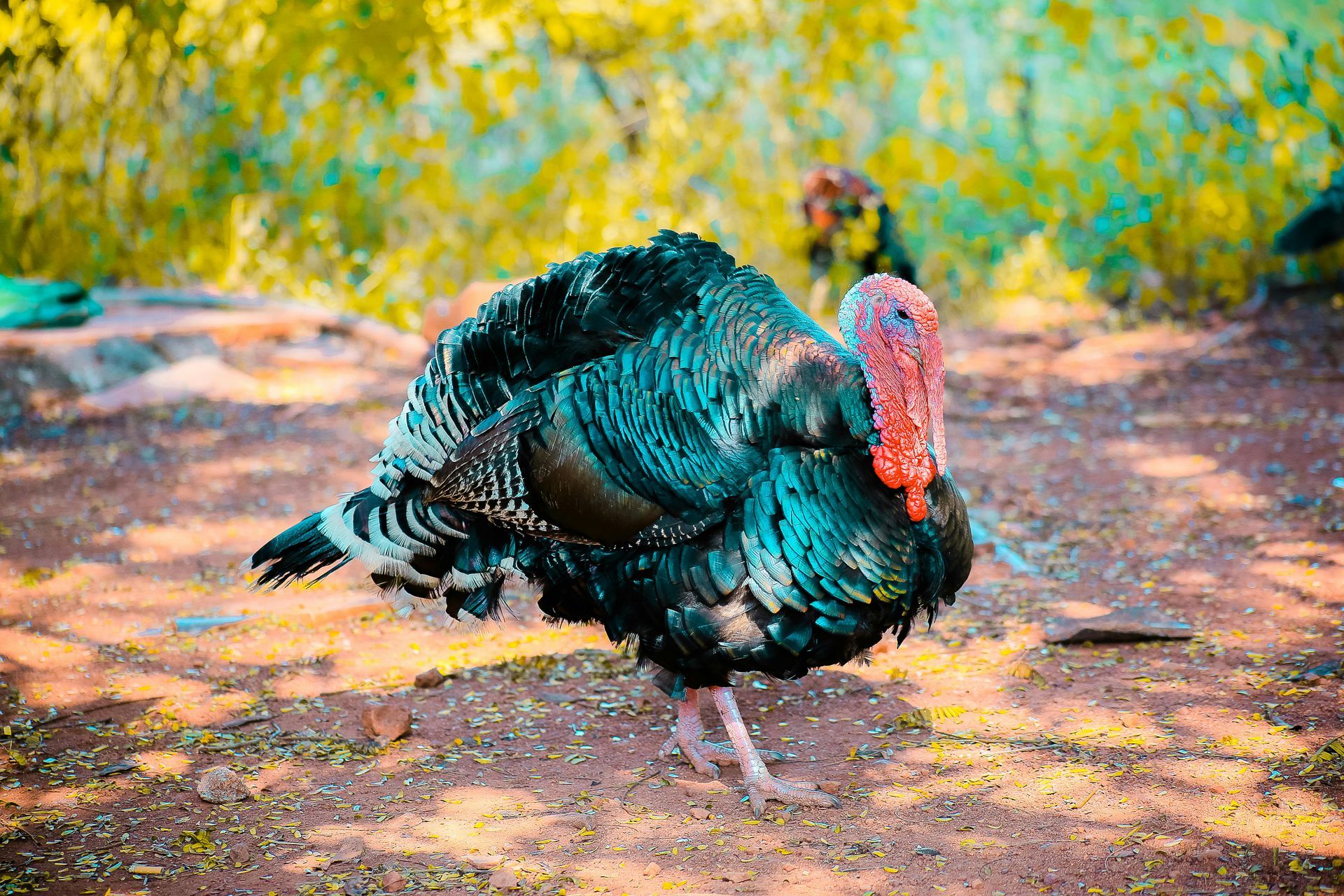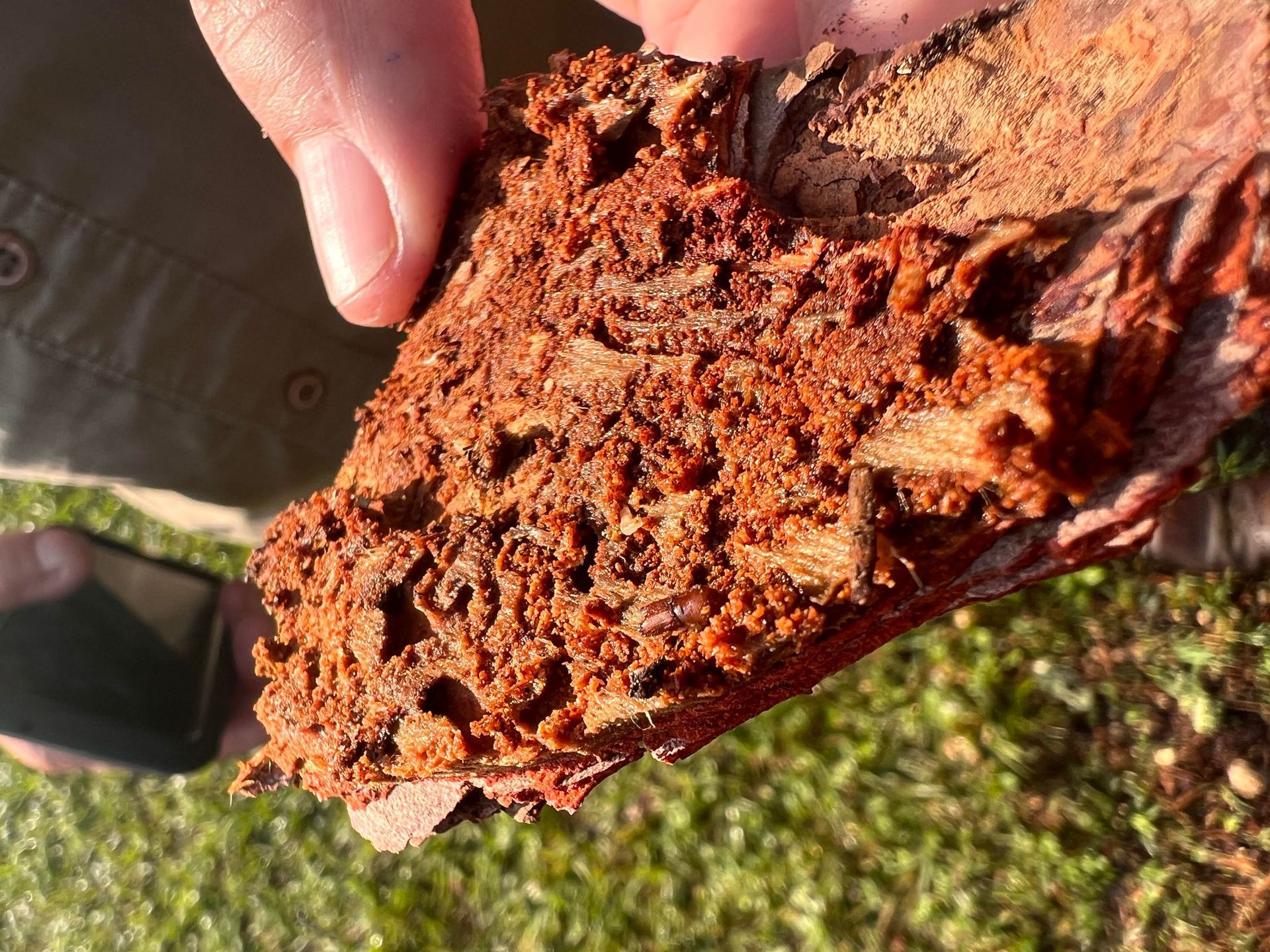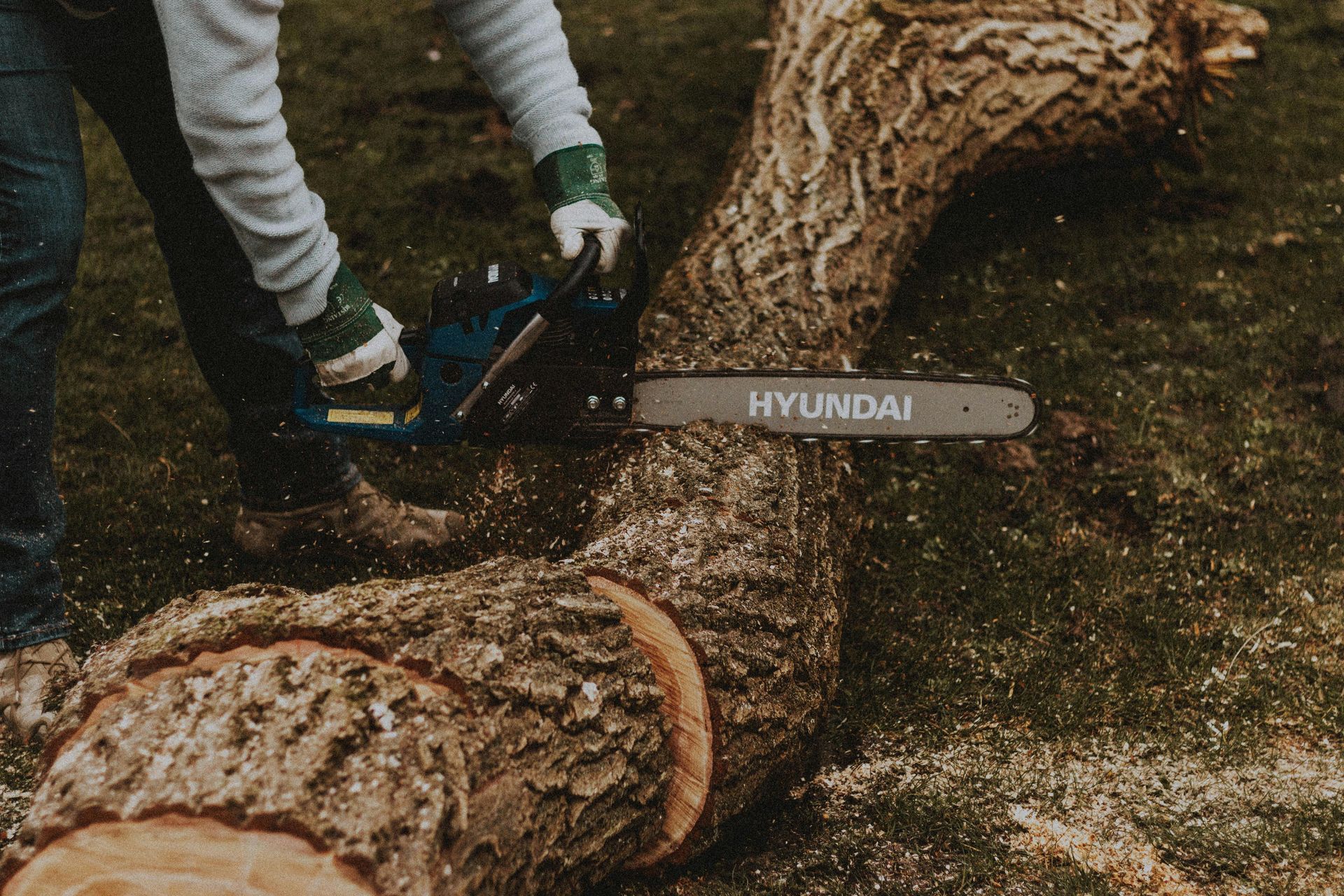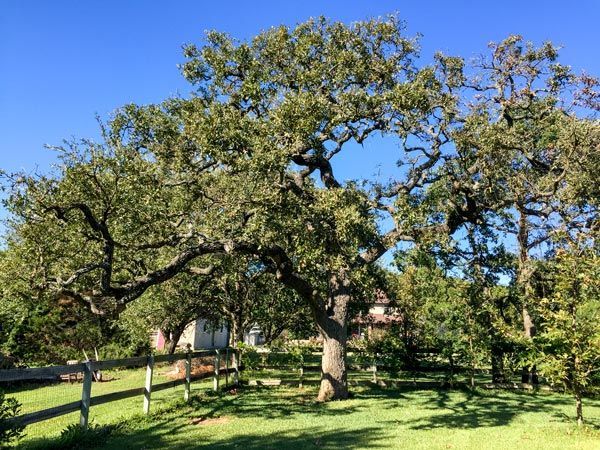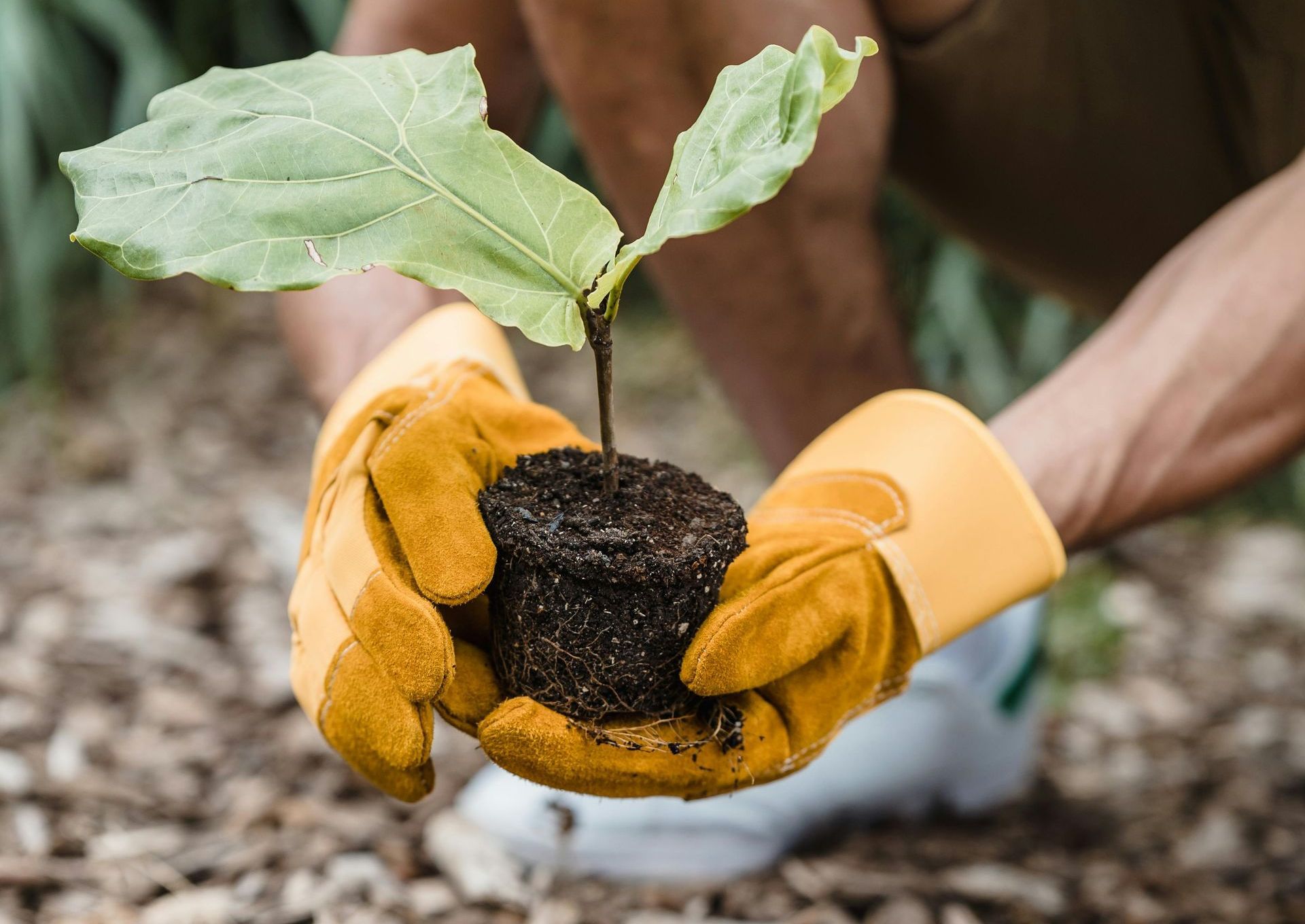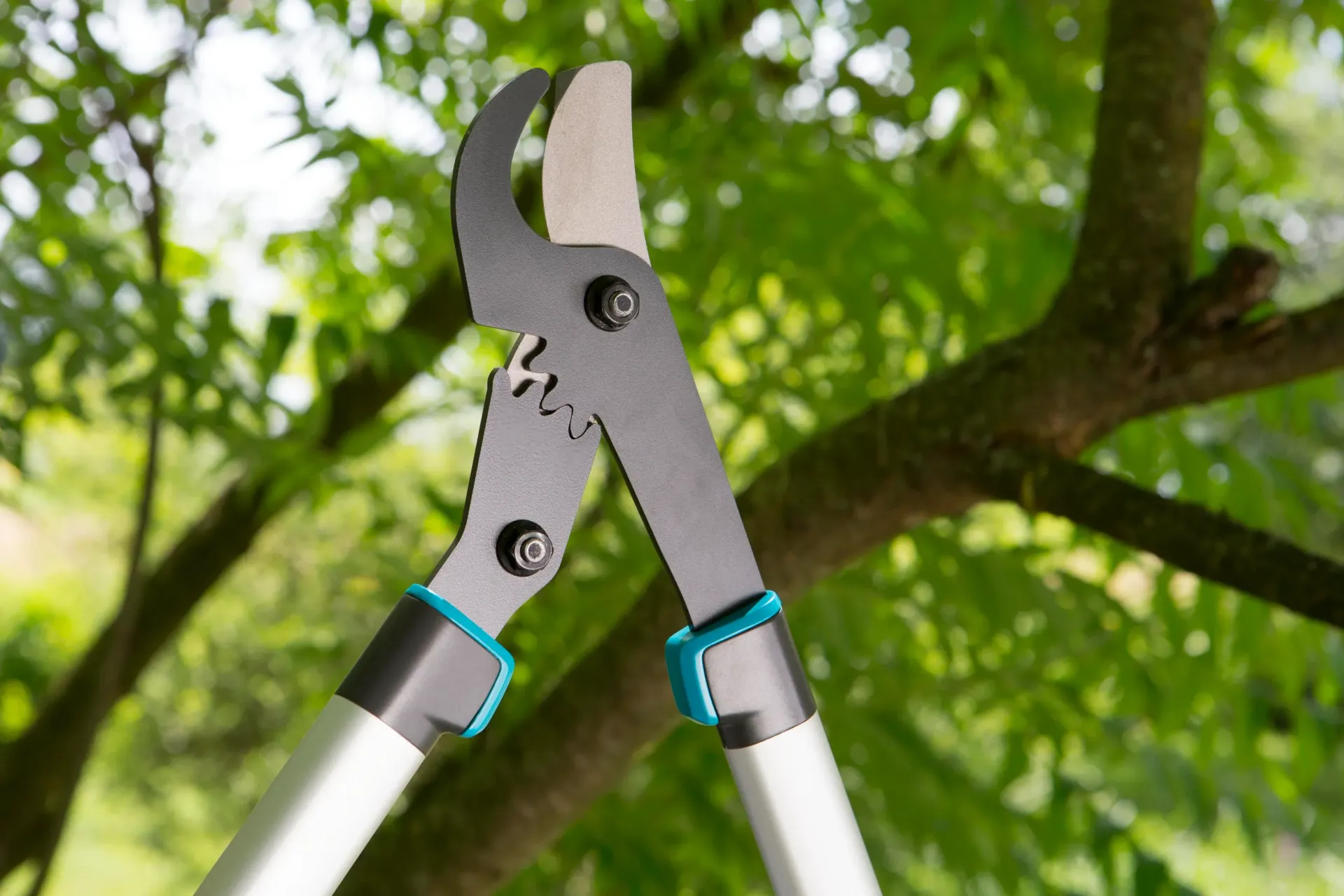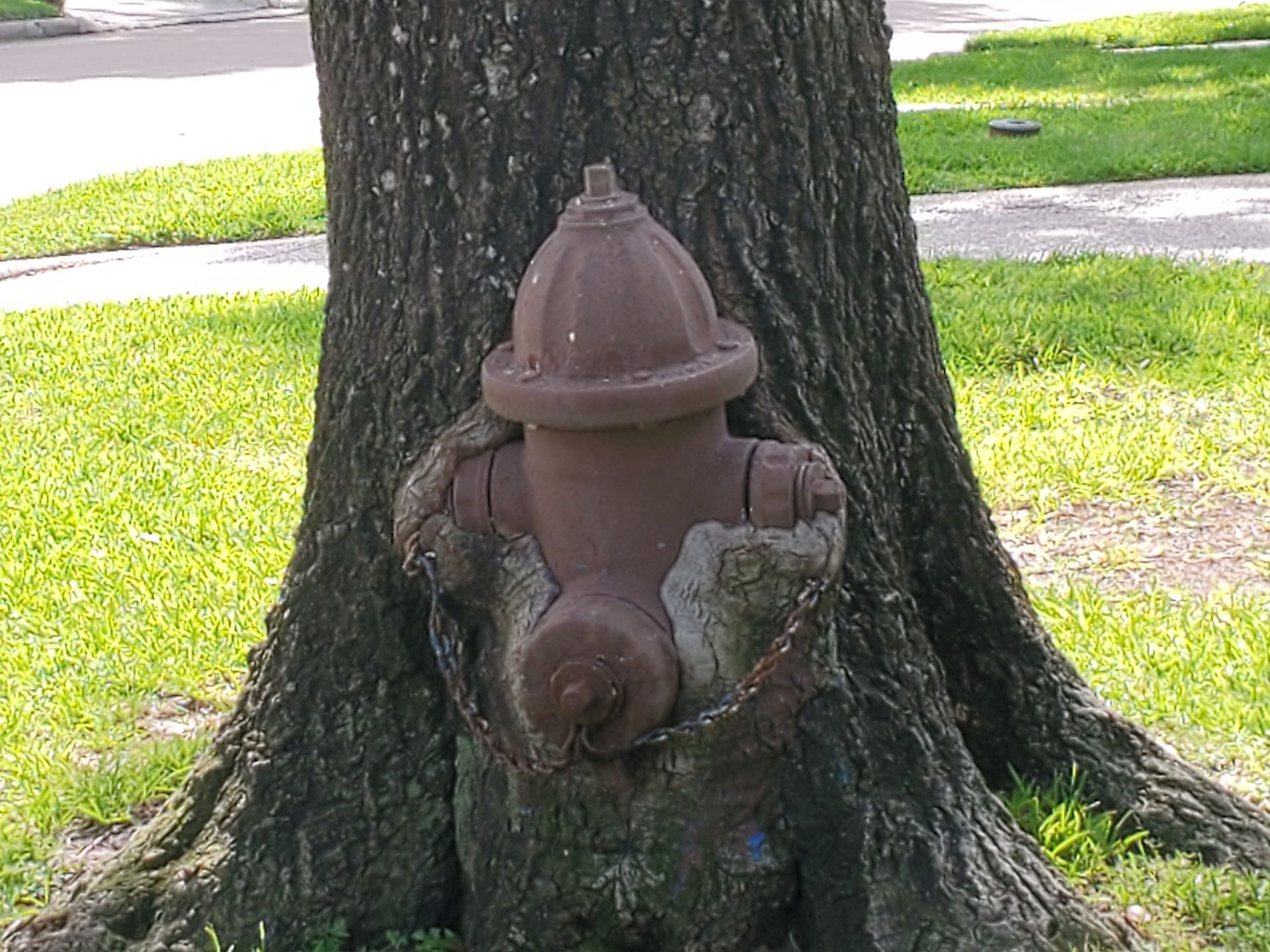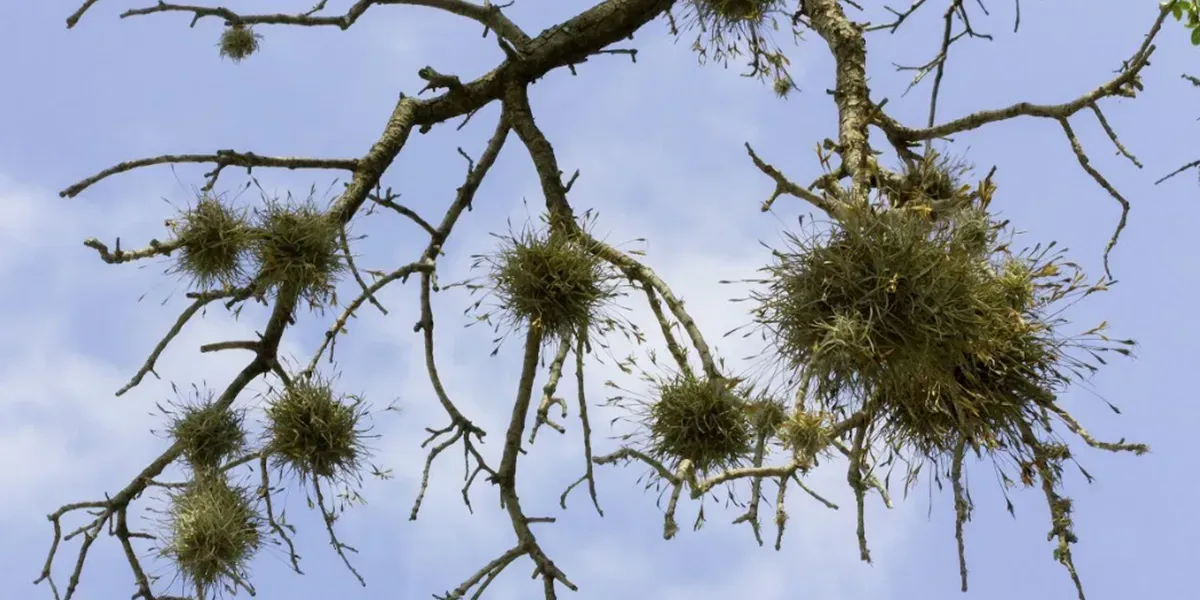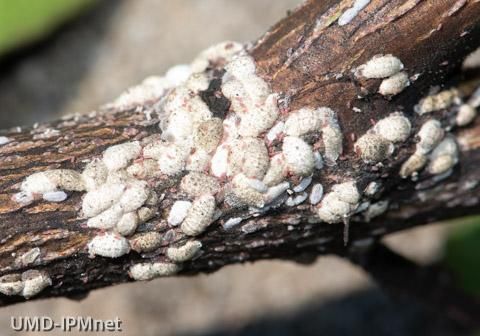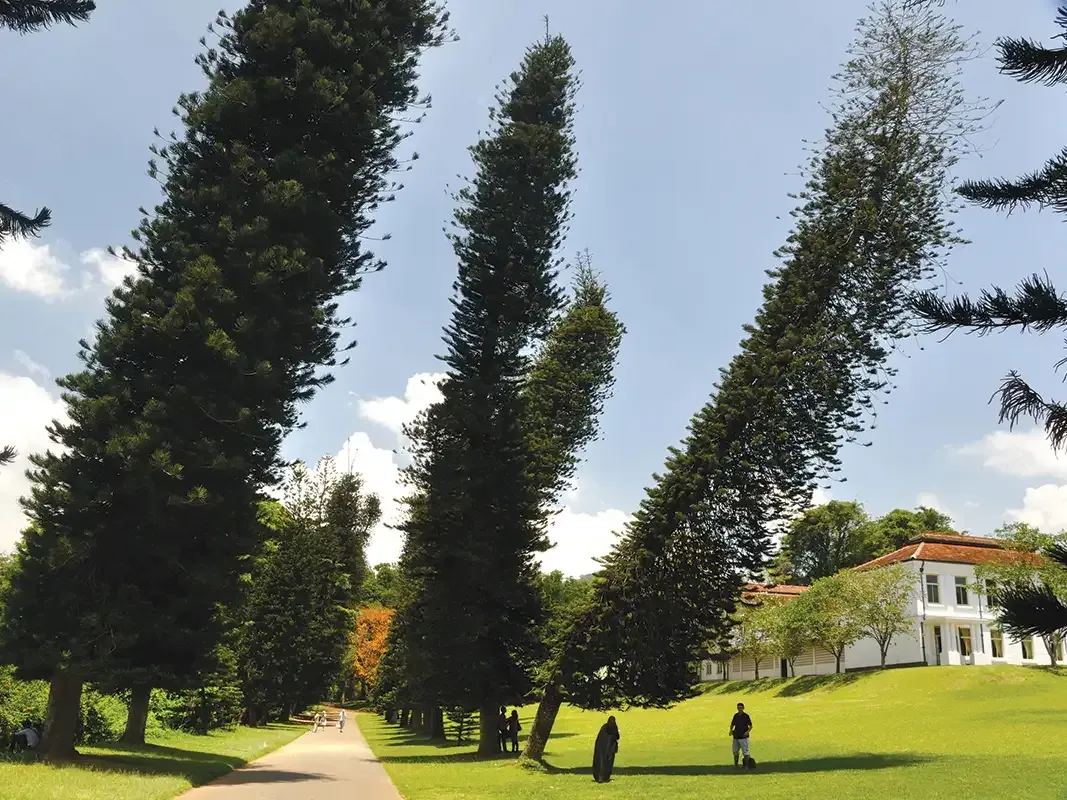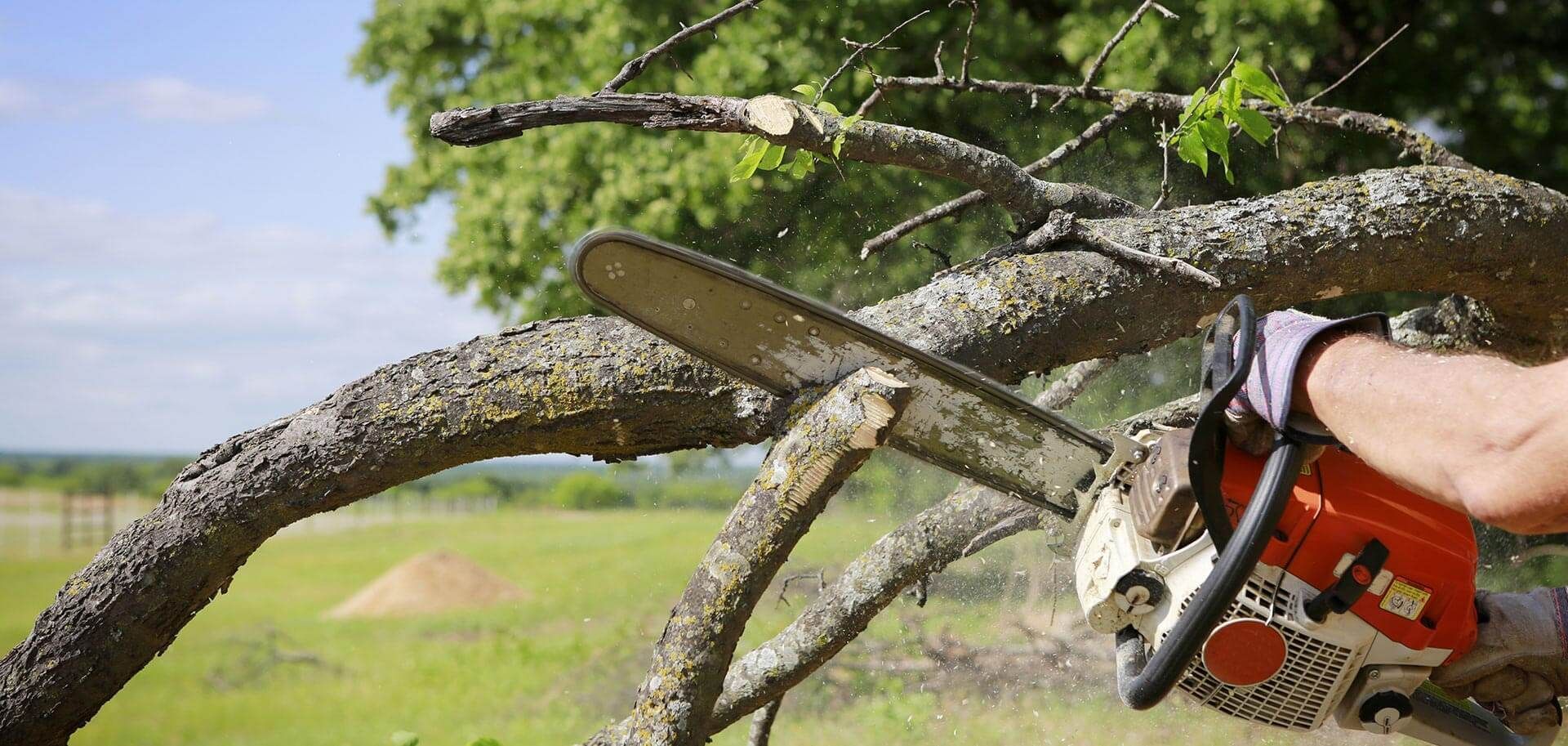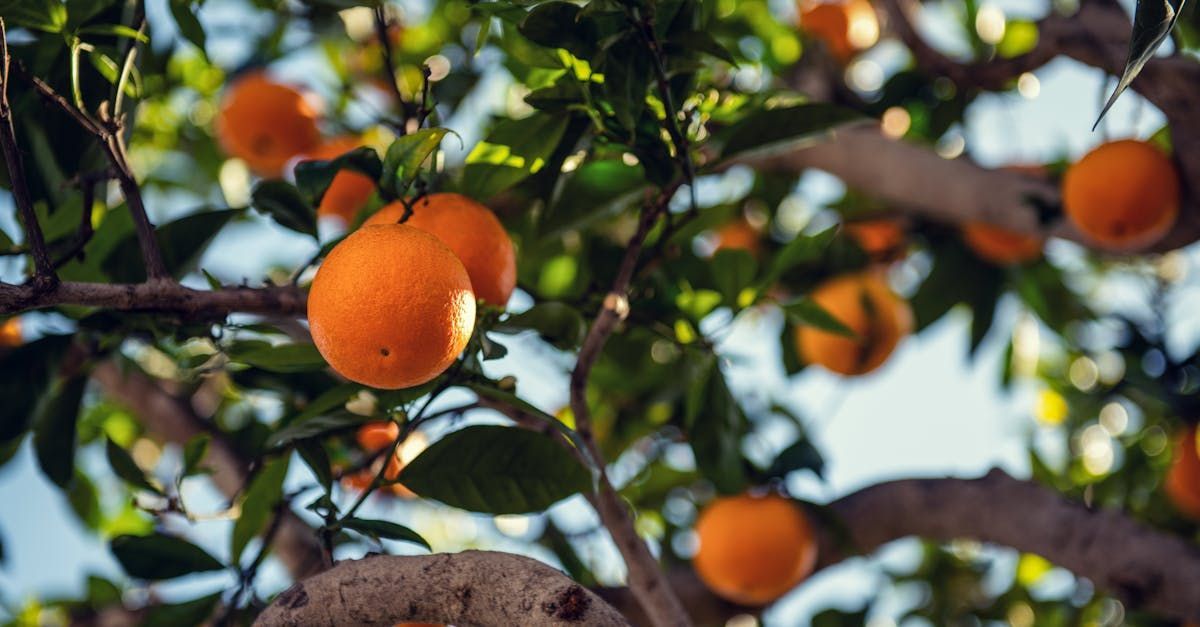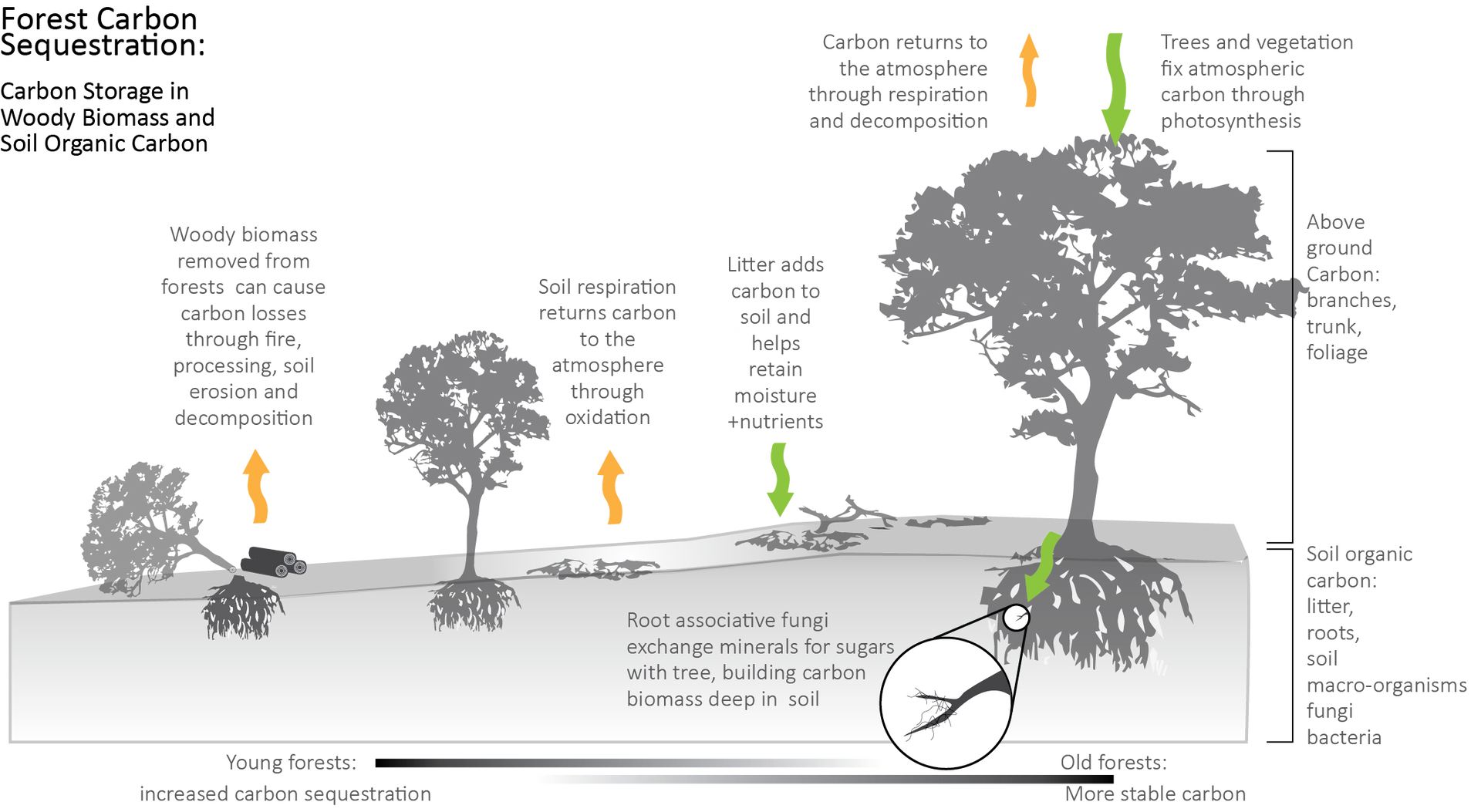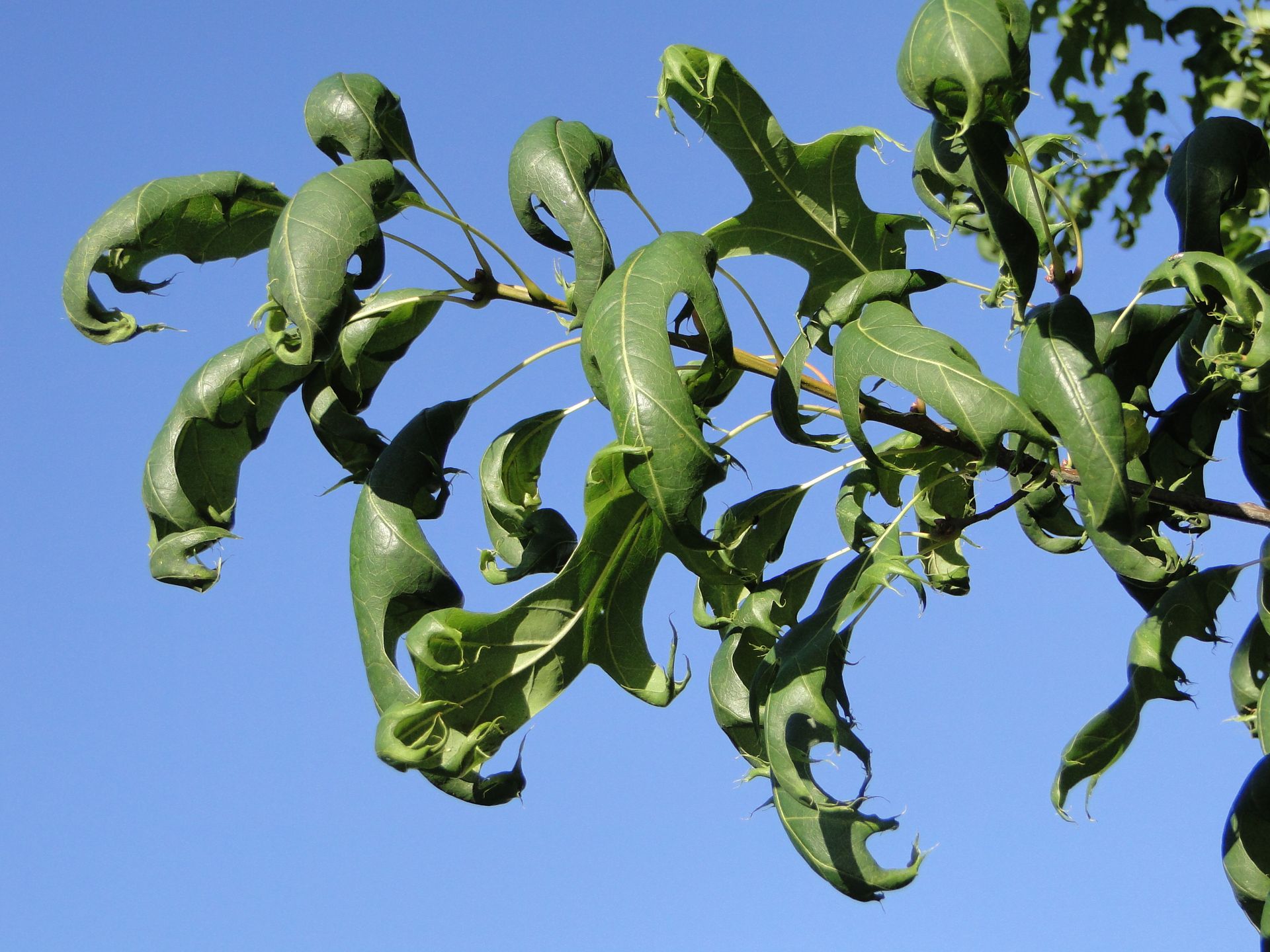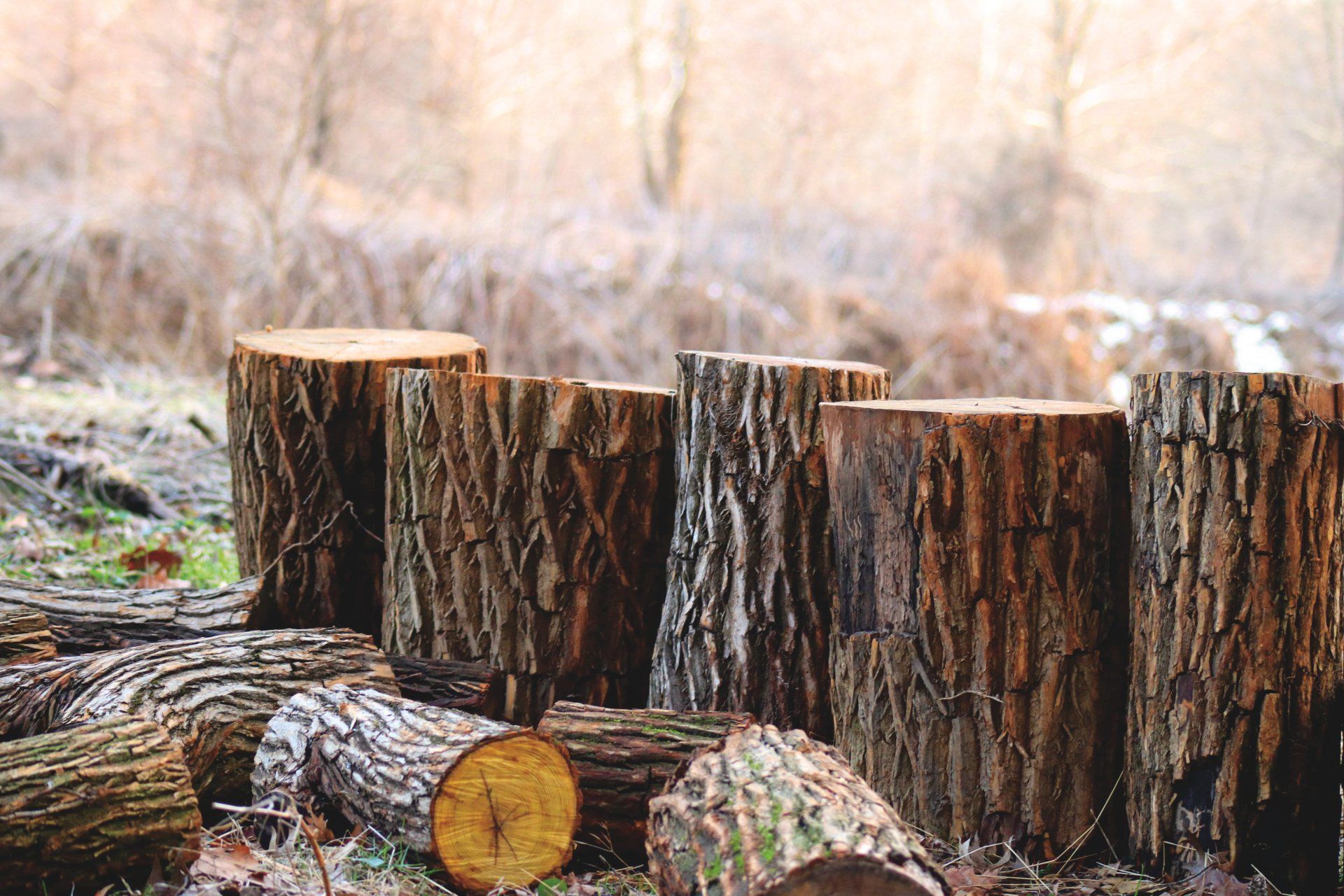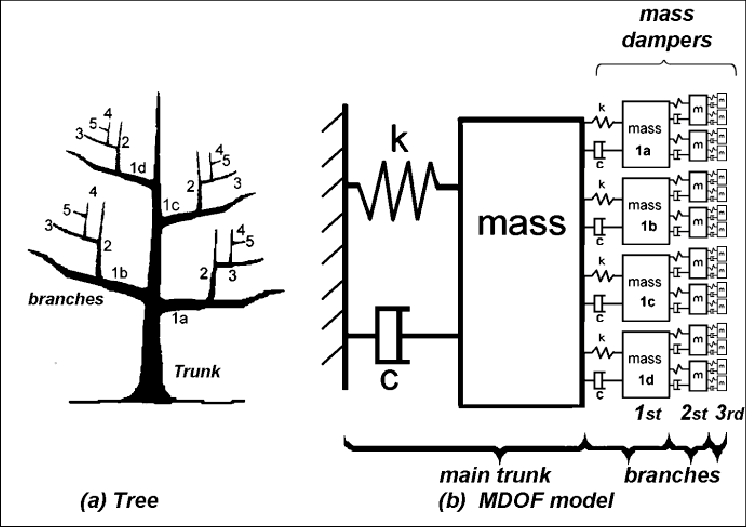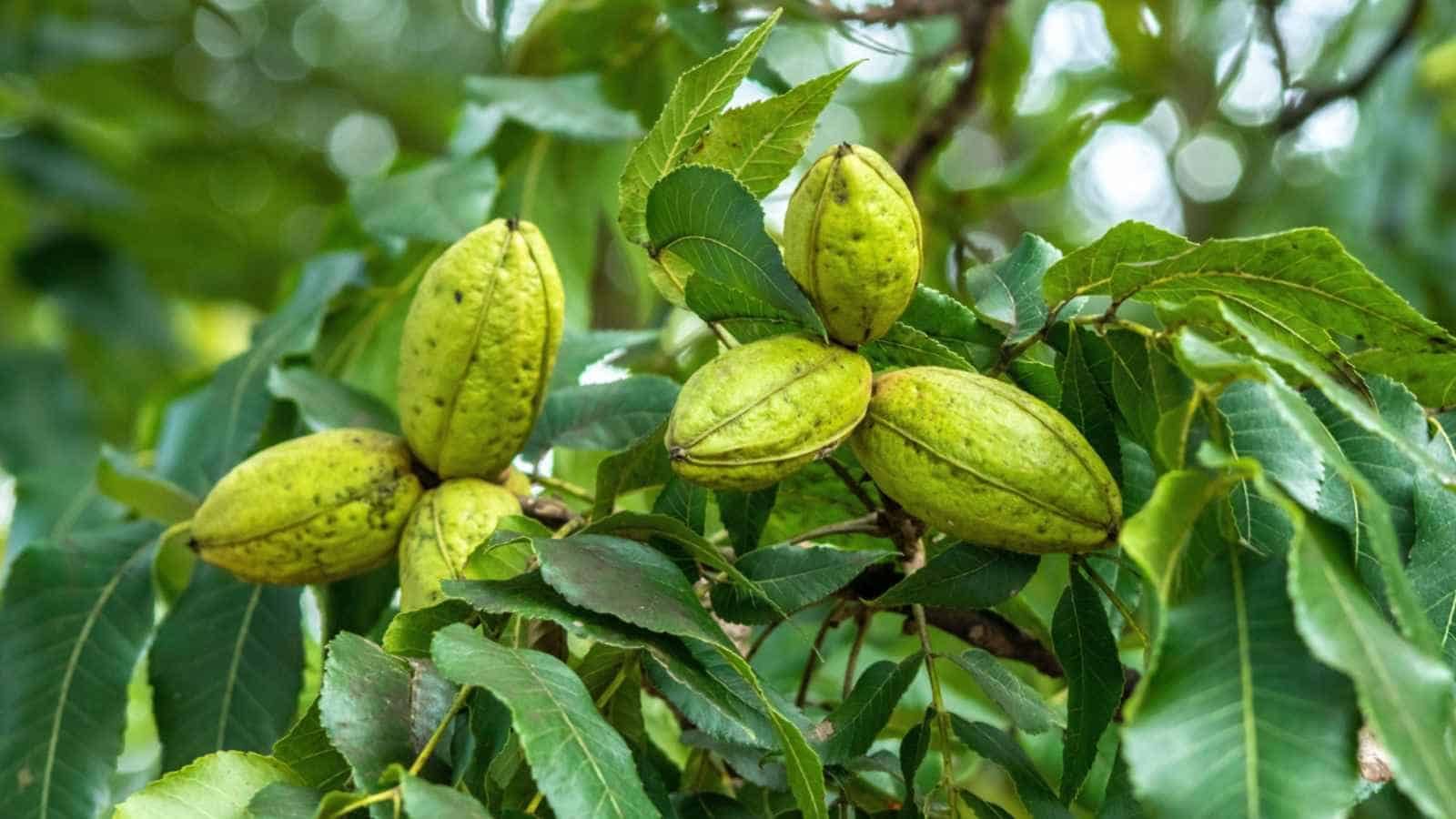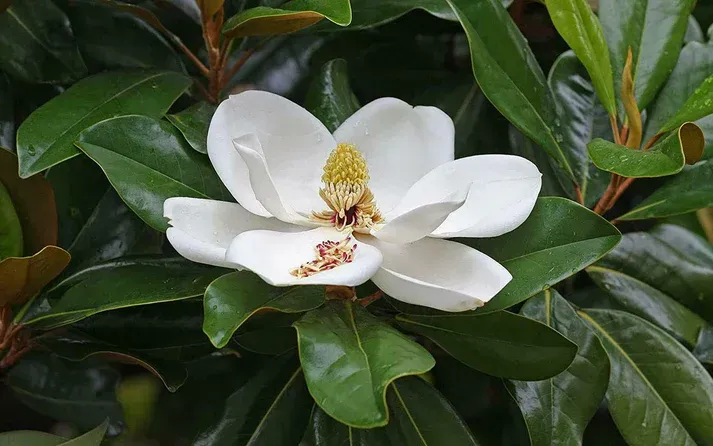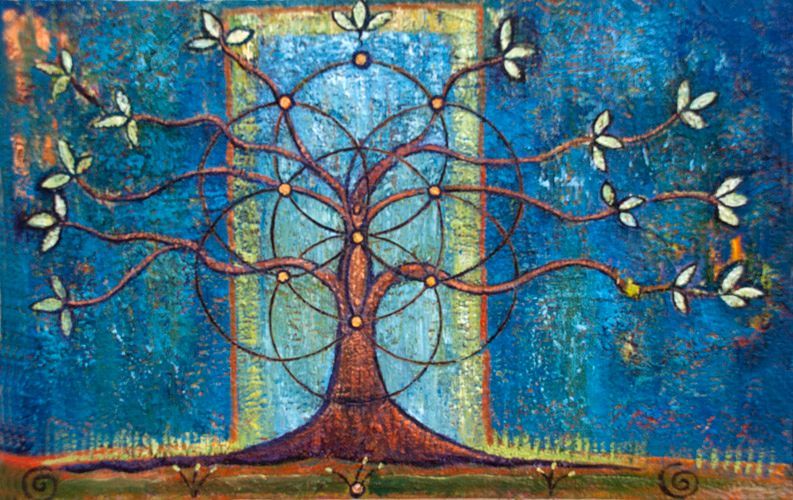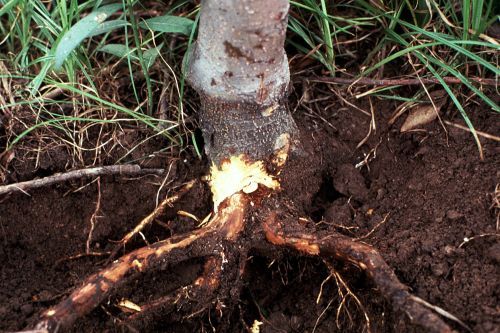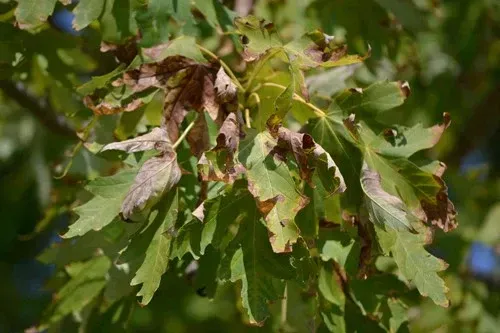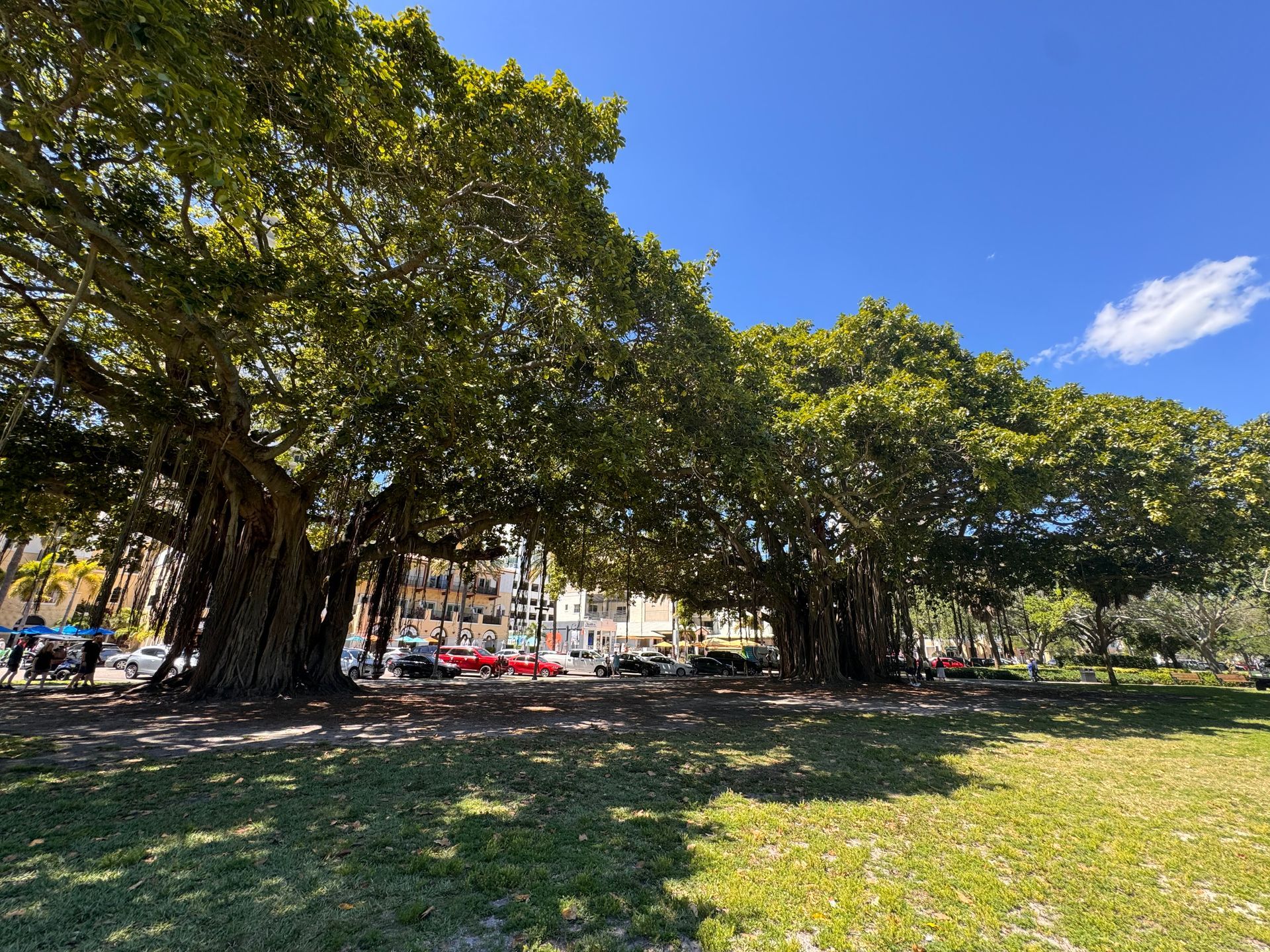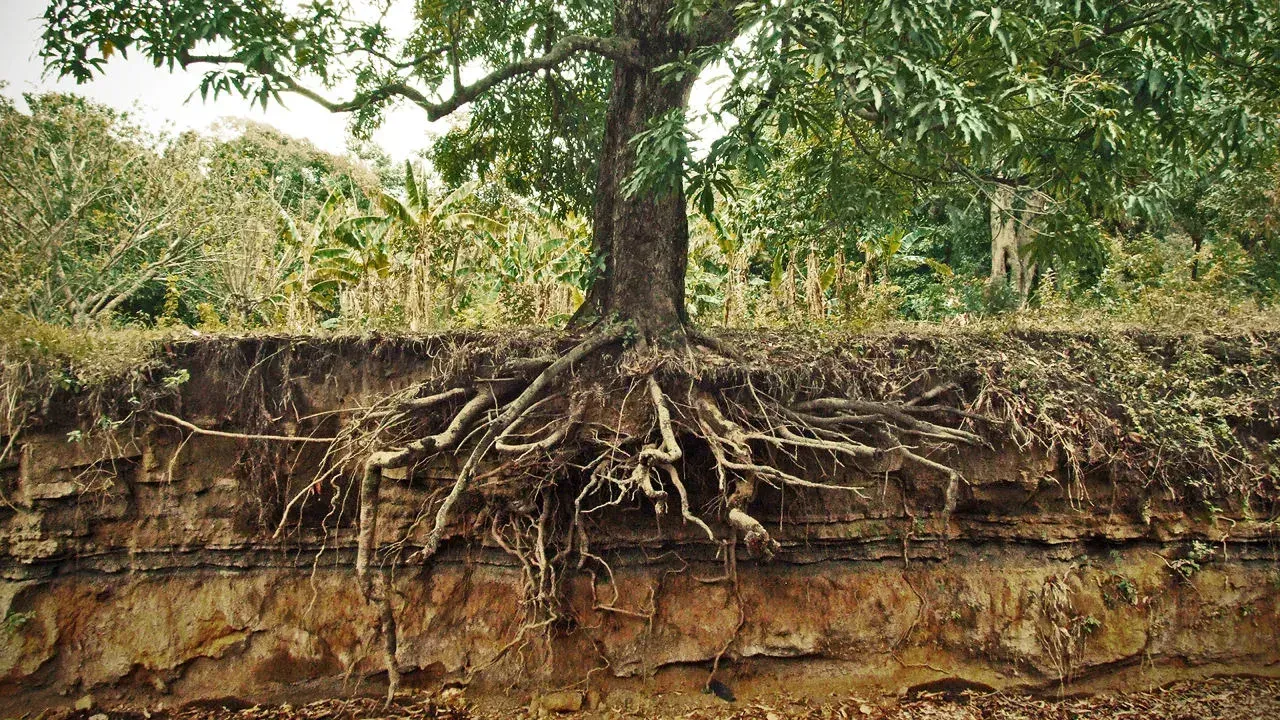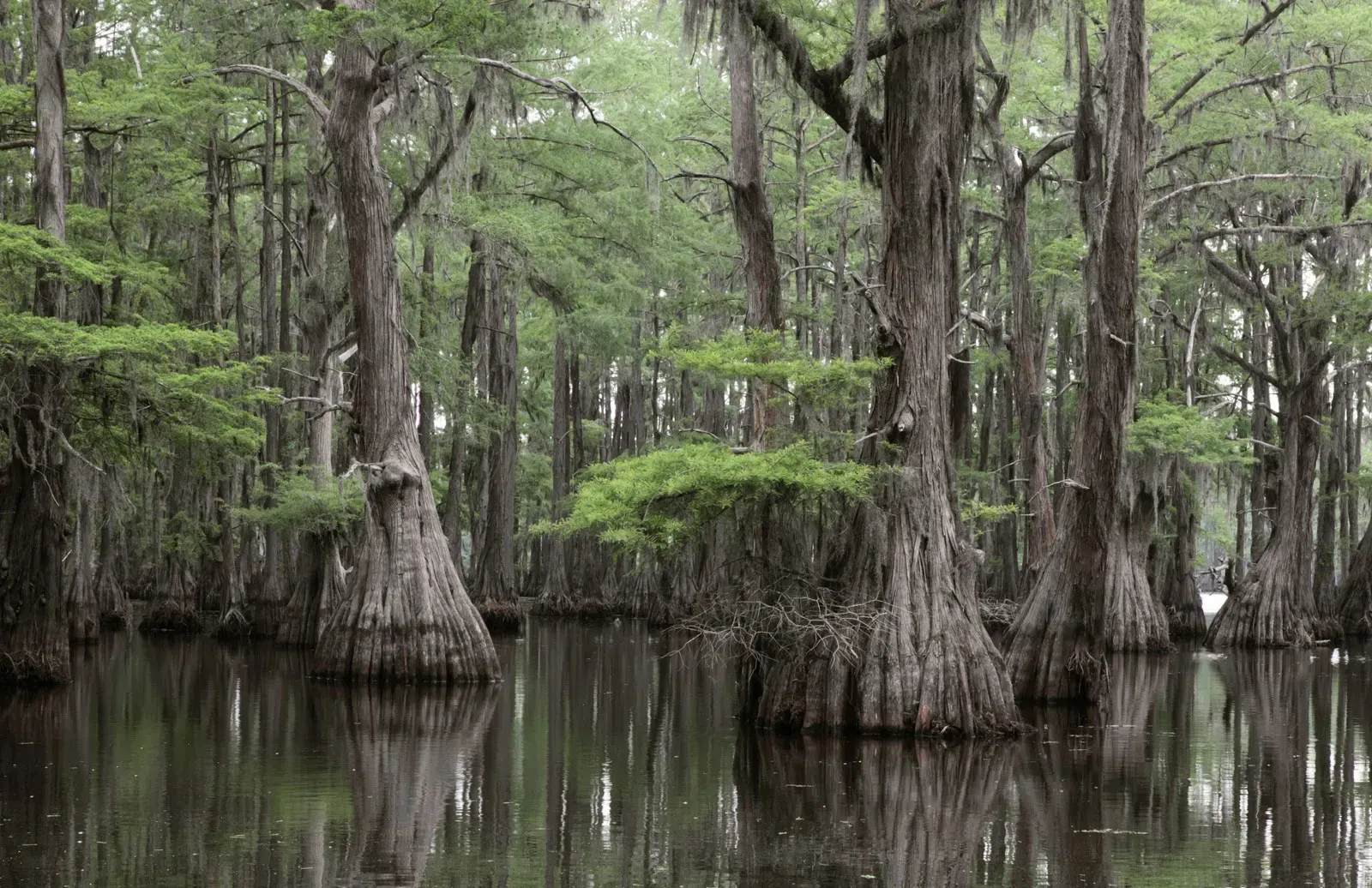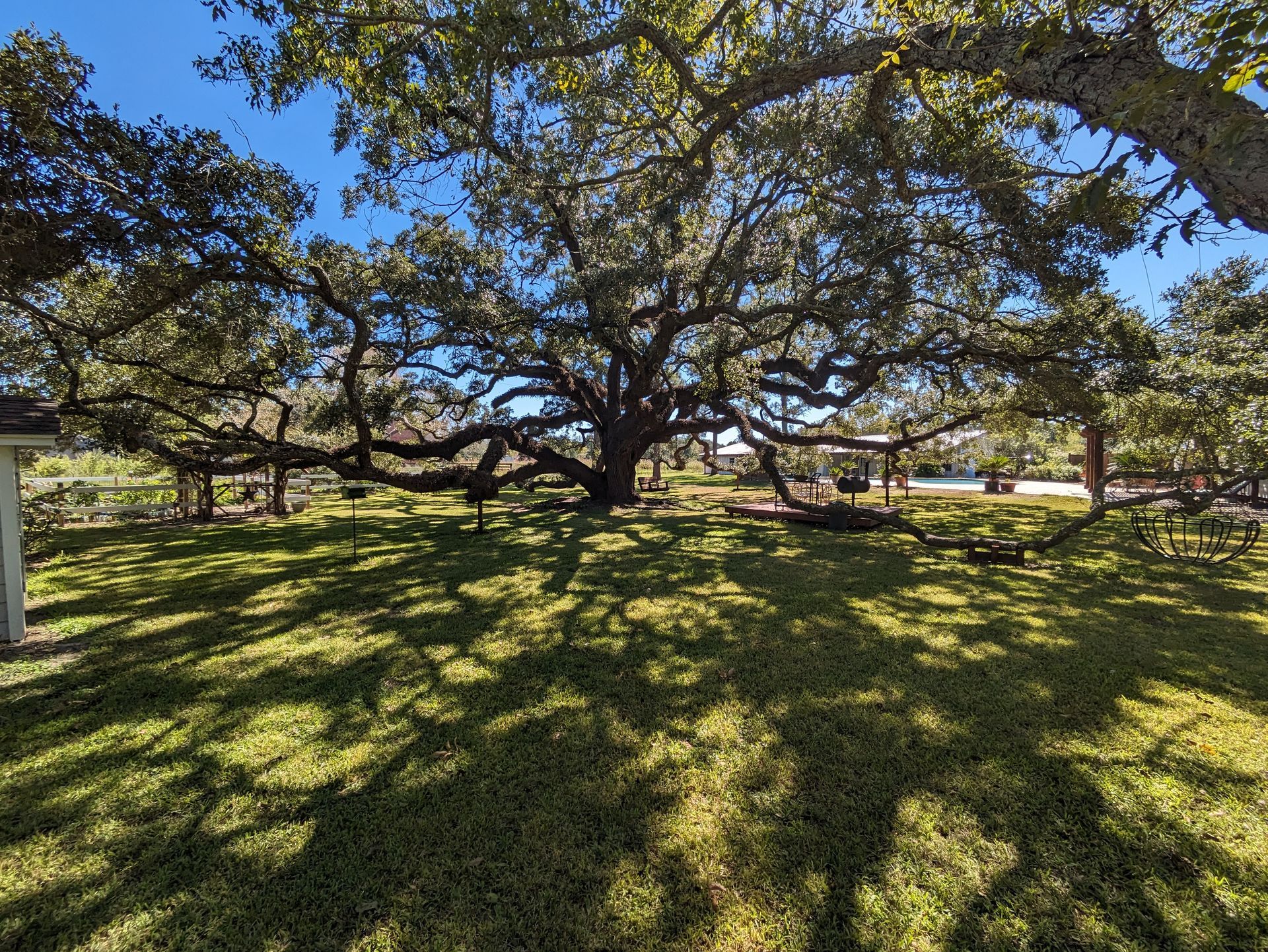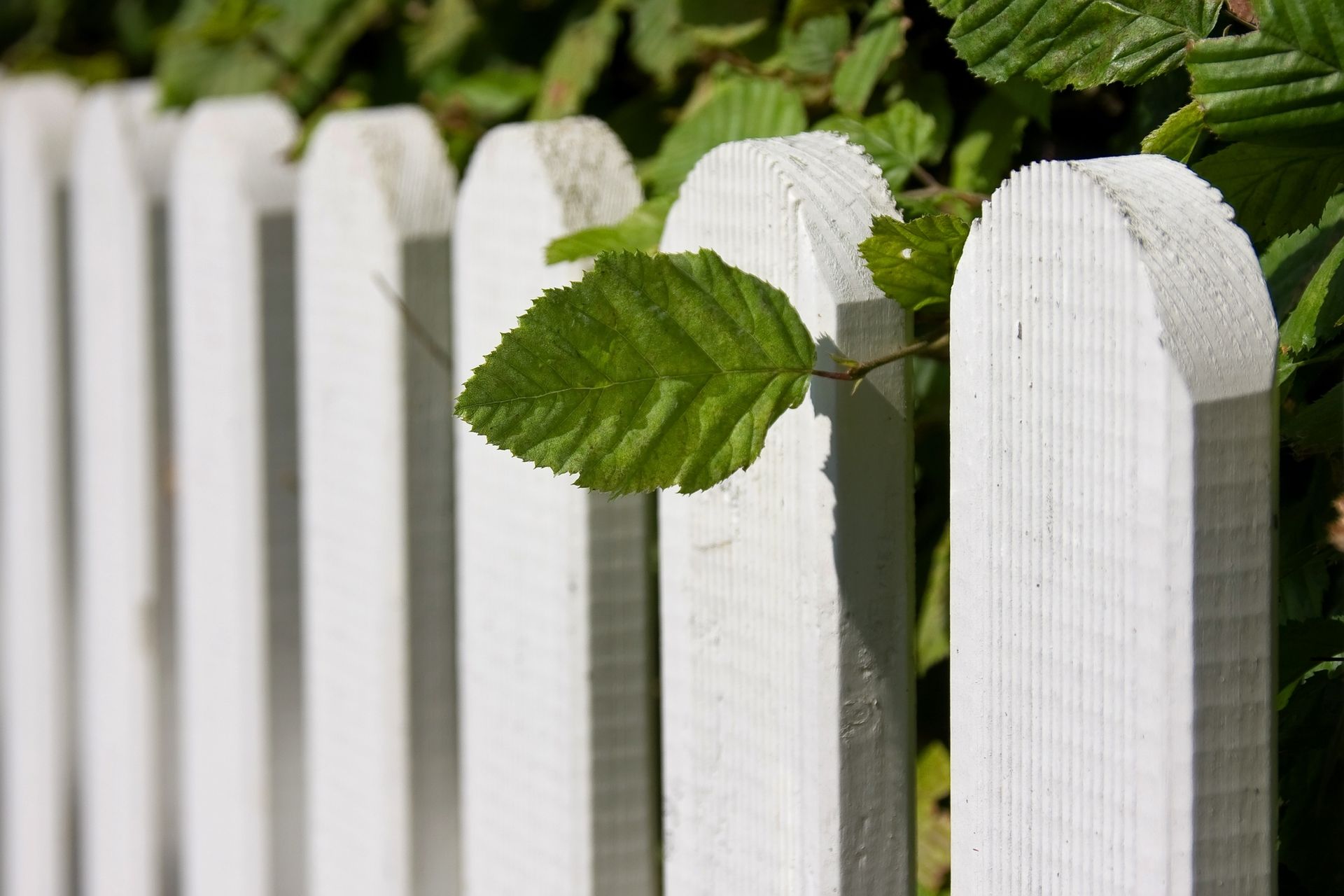Liriope’s Muse: Tree Care Tips from a Master Arborist
TRUSTED TREE CARE SERVICES SINCE 1970
Liriope's Muse - Pine Tip Borers: What They Are and How to Protect Your Trees
Pine tip borers are small yet highly destructive pests that can severely damage pine trees if left unchecked. By burrowing into tender shoots and feeding on vital tissues, they disrupt tree growth, weaken branches, and make trees vulnerable to other stressors. Over time, infestations can lead to unsightly deformities and reduced tree health. Understanding how to identify these pests, their lifecycle, and their effects is essential for keeping your trees healthy and thriving.
What Are Pine Tip Borers?
Pine tip borers are larvae of several species of moths or beetles, depending on the region. These pests attack the tender new growth, or tips, of pine trees, burrowing into the shoots and feeding on the tissues inside. This feeding weakens the tree and disrupts its growth, making it vulnerable to additional stressors like drought or disease.
How to Identify Pine Tip Borers
Recognizing the signs of pine tip borers early can save your trees from extensive damage. Here’s what to look for:
- Damaged or Curled Shoots
The most noticeable symptom is the wilting or curling of pine shoots. Infested shoots may also appear discolored, turning yellow or brown. - Holes in the Tips
Small, round holes at the base of the shoots indicate where larvae have entered. - Presence of Sawdust or Frass
Fine sawdust-like material, known as frass, may be visible near the entry holes, evidence of larval feeding. - Larvae or Pupae
Splitting open an affected shoot may reveal the larvae or pupae. Larvae are typically small, cream-colored, and worm-like, while pupae are brown and encased in silk-like cocoons. - Stunted Growth
Over time, repeated infestations can result in reduced growth, deformed branches, or a bushy appearance caused by the loss of terminal shoots.
The Lifecycle of Pine Tip Borers
Understanding the lifecycle of pine tip borers is key to effective management:
- Egg Stage
Adult moths or beetles lay eggs on the needles or shoots of pine trees, usually during the spring. - Larval Stage
The larvae hatch and burrow into the tips, feeding on the internal tissues. This stage is when the most significant damage occurs. - Pupal Stage
After feeding, larvae pupate within the shoot or on the bark, emerging later as adults. - Adult Stage
Adults mate and lay eggs, completing the cycle. Depending on the species and climate, there may be multiple generations per year.
Harmful Effects on Trees
The impact of pine tip borers extends beyond aesthetic damage:
- Weakened Shoots
Repeated infestations can kill new shoots, leading to a misshapen tree. - Stunted Growth
Trees lose their ability to grow vertically or produce strong branches. - Susceptibility to Other Stressors
Damaged trees are more vulnerable to diseases, drought, and other pests. - Economic Losses
For commercial pine plantations, pine tip borer infestations can reduce timber quality and yield.
Prevention and Management of Pine Tip Borers
Managing pine tip borers effectively involves a combination of cultural practices and targeted treatments:
- Maintain Tree Health
Healthy trees are less susceptible to infestations. Ensure proper watering, mulching, and fertilization. - Prune Infested Shoots
Remove and destroy infested shoots to reduce the population of larvae. Pruning should be done during the dormant season to minimize stress. - Chemical Control
Insecticides can be applied during the egg-laying or early larval stages for effective control. Consult with a professional arborist for the appropriate product and timing. - Biological Control
Natural predators, such as parasitic wasps, can help reduce pine tip borer populations. Encouraging biodiversity in your landscape supports these beneficial insects. - Monitor Regularly
Inspect trees frequently, especially during the growing season, to catch early signs of infestation.
Protecting Your Pines from Pine Tip Borers
Pine tip borers may be small, but their impact on trees can be substantial. By staying vigilant, maintaining tree health, and addressing infestations promptly, you can protect your pines and preserve the beauty and value of your landscape.
If you suspect pine tip borers in your yard, our team of certified arborists is here to help. Contact Eric Putnam BCMA, Inc. today for a thorough inspection and expert solutions to keep your trees thriving.
Liriope’s Muse - Expert Tree Care Tips
